Kitchen soffits, the built-in spaces between your upper cabinets and ceiling, present unique design opportunities that many homeowners overlook. Whether you're working with existing soffits or planning new construction, these architectural elements can become striking focal points rather than visual obstacles. From clever storage solutions to dramatic lighting effects, the right approach transforms soffits from necessary utilities into design assets. Modern kitchen trends emphasize both functionality and aesthetics, making soffit design more important than ever in creating cohesive, sophisticated spaces.
1. Classic Crown Molding Kitchen Soffit Design
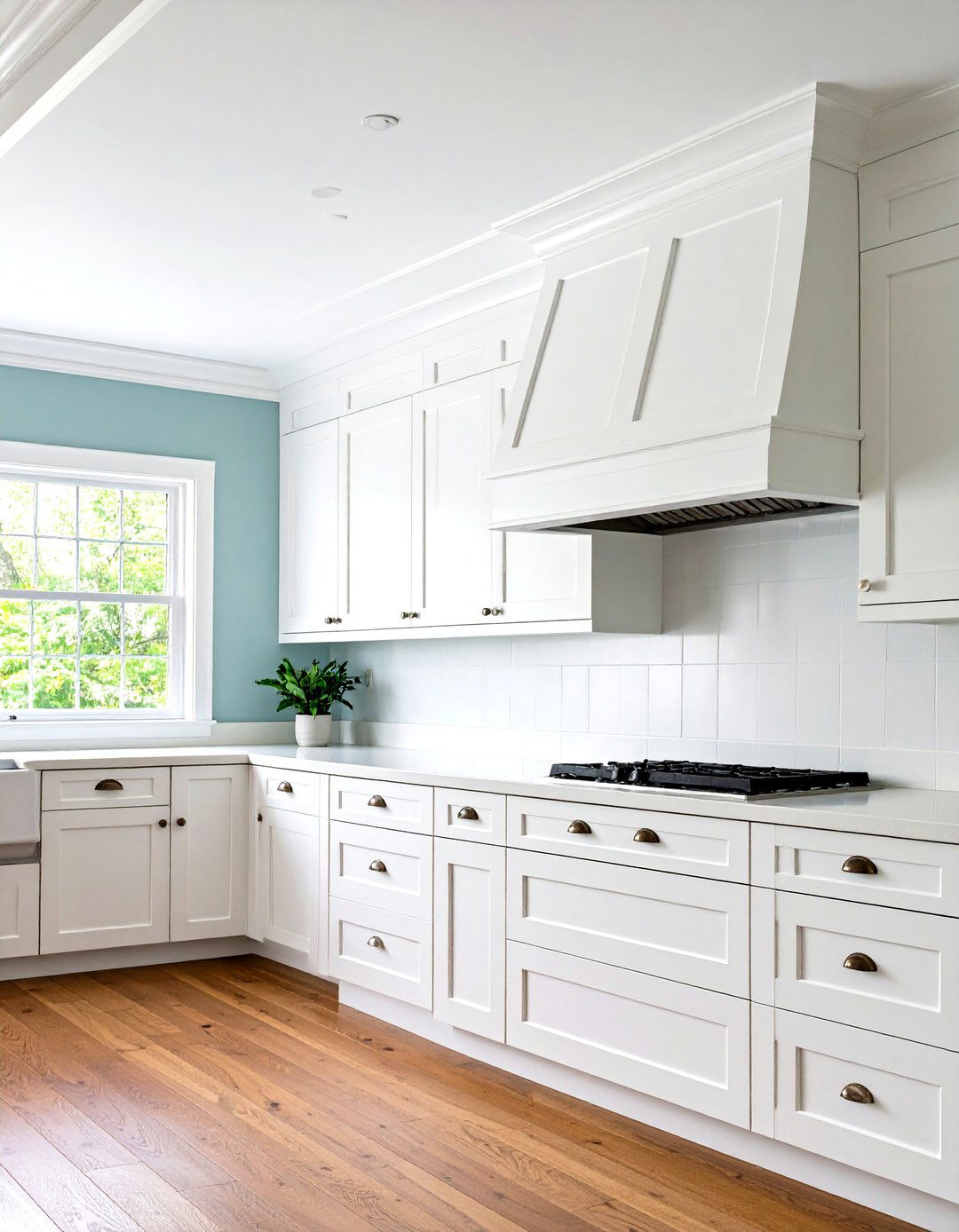
Transform your ordinary kitchen soffit into an elegant architectural feature with traditional crown molding installation. This timeless approach adds sophisticated detail that bridges the gap between cabinets and ceiling while creating visual height and dimension. Choose molding profiles that complement your cabinet style, whether you prefer simple, clean lines for contemporary spaces or ornate details for traditional kitchens. The crown molding should extend around the entire soffit perimeter, creating a finished, custom-built appearance. Paint the molding in matching cabinet colors for seamless integration, or select contrasting tones to make it a decorative focal point. This classic treatment works particularly well in kitchens with higher ceilings, where the added detail helps balance proportions and creates a more intimate, refined atmosphere.
2. LED Strip Kitchen Soffit Lighting System
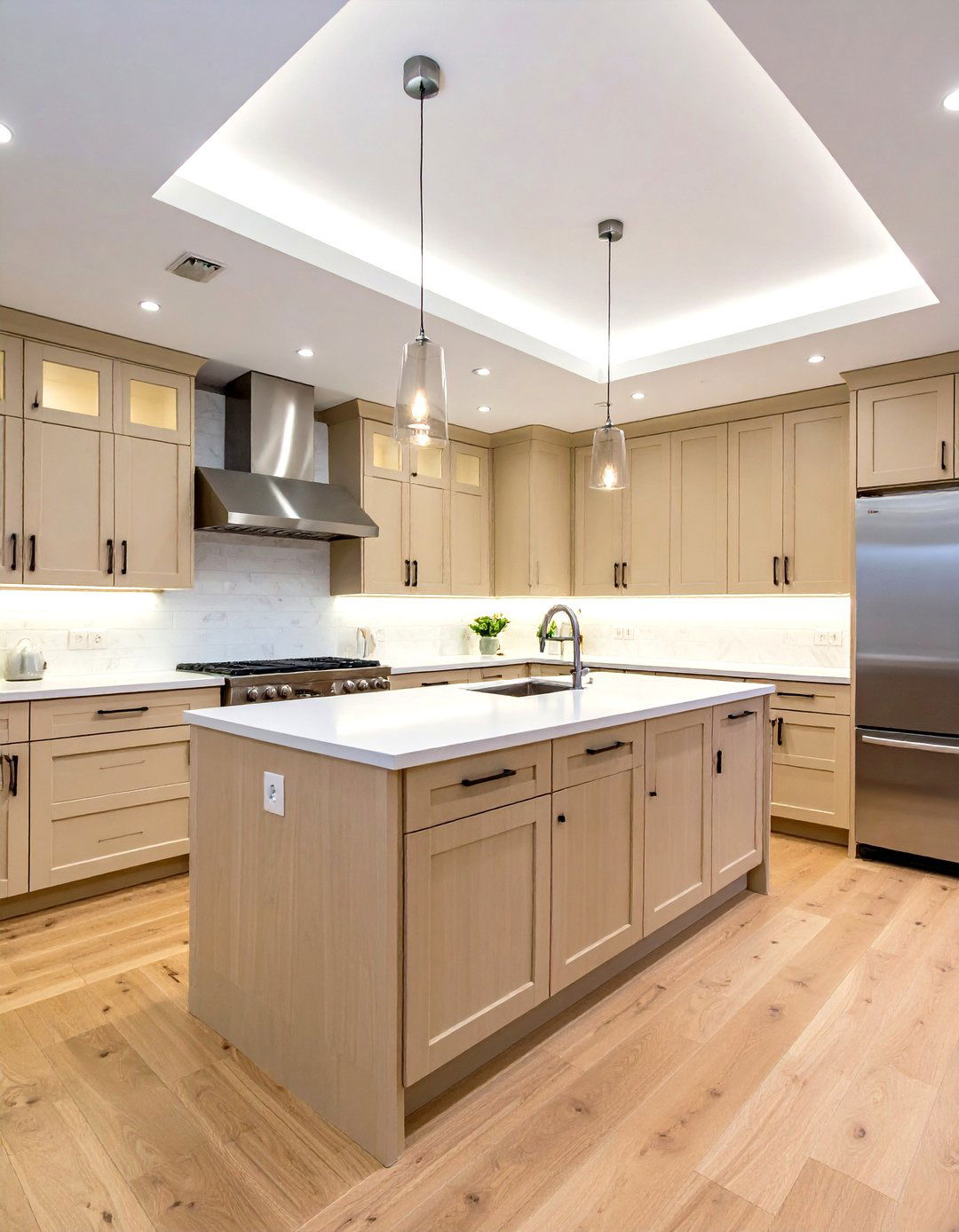
Create stunning ambient illumination by installing LED strip lights within your kitchen soffit structure for both functional and atmospheric benefits. Position the strips along the bottom edge of the soffit, directing light downward to illuminate countertops and workspace areas effectively. For dramatic accent lighting, install strips along the top edge to wash the ceiling with soft, indirect light that makes the space feel larger and more open. Choose adjustable color temperature strips that transition from bright white for cooking tasks to warm white for evening ambiance. Hide the LED strips behind small lips or recesses to eliminate glare while maximizing light output. This energy-efficient solution provides excellent task lighting while adding a contemporary, high-end feel to your kitchen design that works beautifully in both modern and traditional settings.
3. Extended Kitchen Soffit Storage Solution
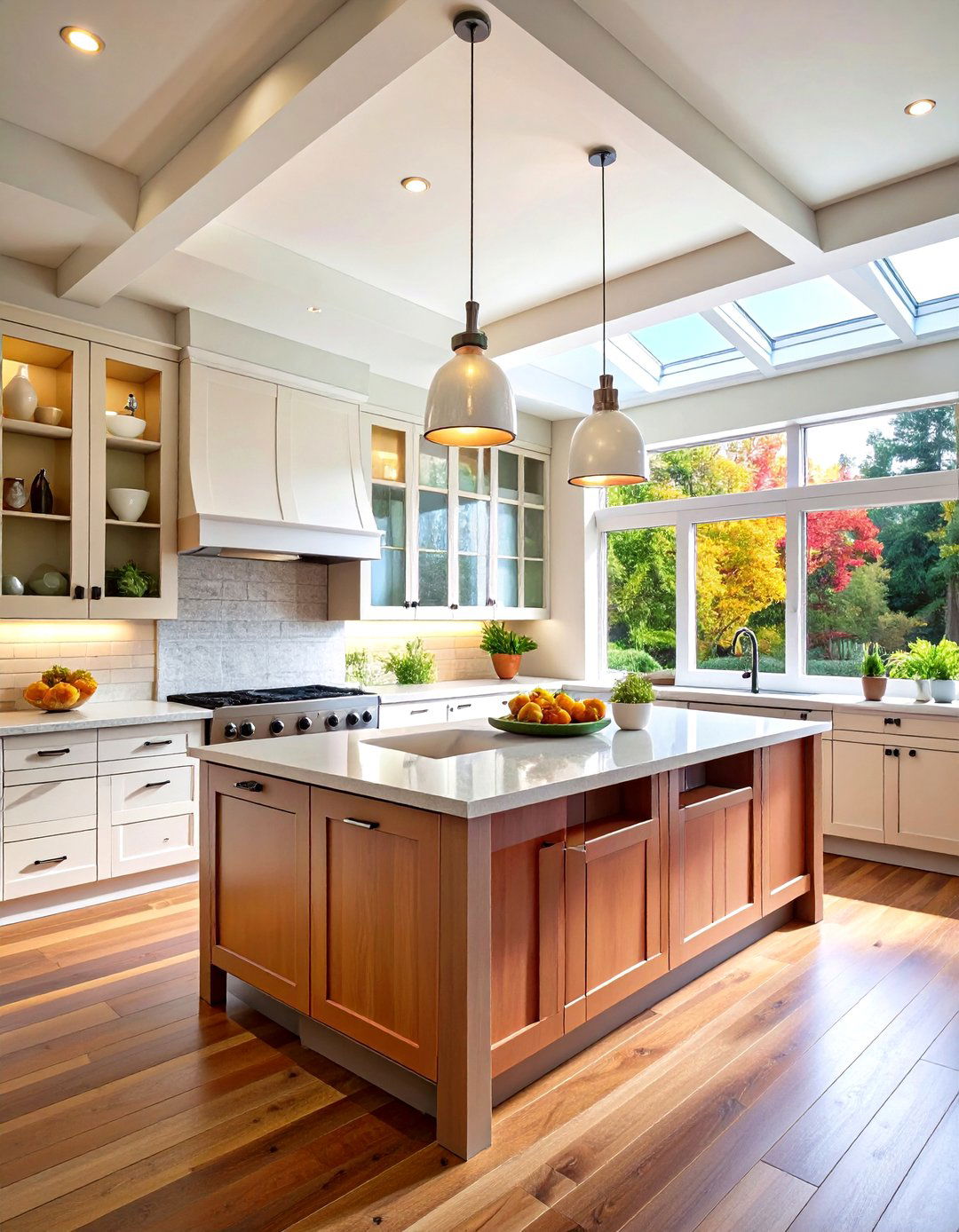
Maximize your kitchen's storage potential by converting deep soffits into functional cabinet space that houses items you don't use daily but need accessible. Install narrow shelving or small cabinets within the soffit structure to store seasonal cookware, holiday dishes, or specialty appliances that would otherwise clutter your main cabinets. Consider adding glass doors to display beautiful china or collectibles while keeping them dust-free and organized. For deeper soffits, create multiple storage zones with adjustable shelving that accommodates various item heights. Include interior lighting to make contents easily visible and accessible. Paint or finish the storage elements to match your existing cabinetry for a cohesive, built-in appearance. This solution works exceptionally well in smaller kitchens where every inch of storage space matters, providing practical organization without compromising your kitchen's visual appeal.
4. Painted Kitchen Soffit Camouflage Technique
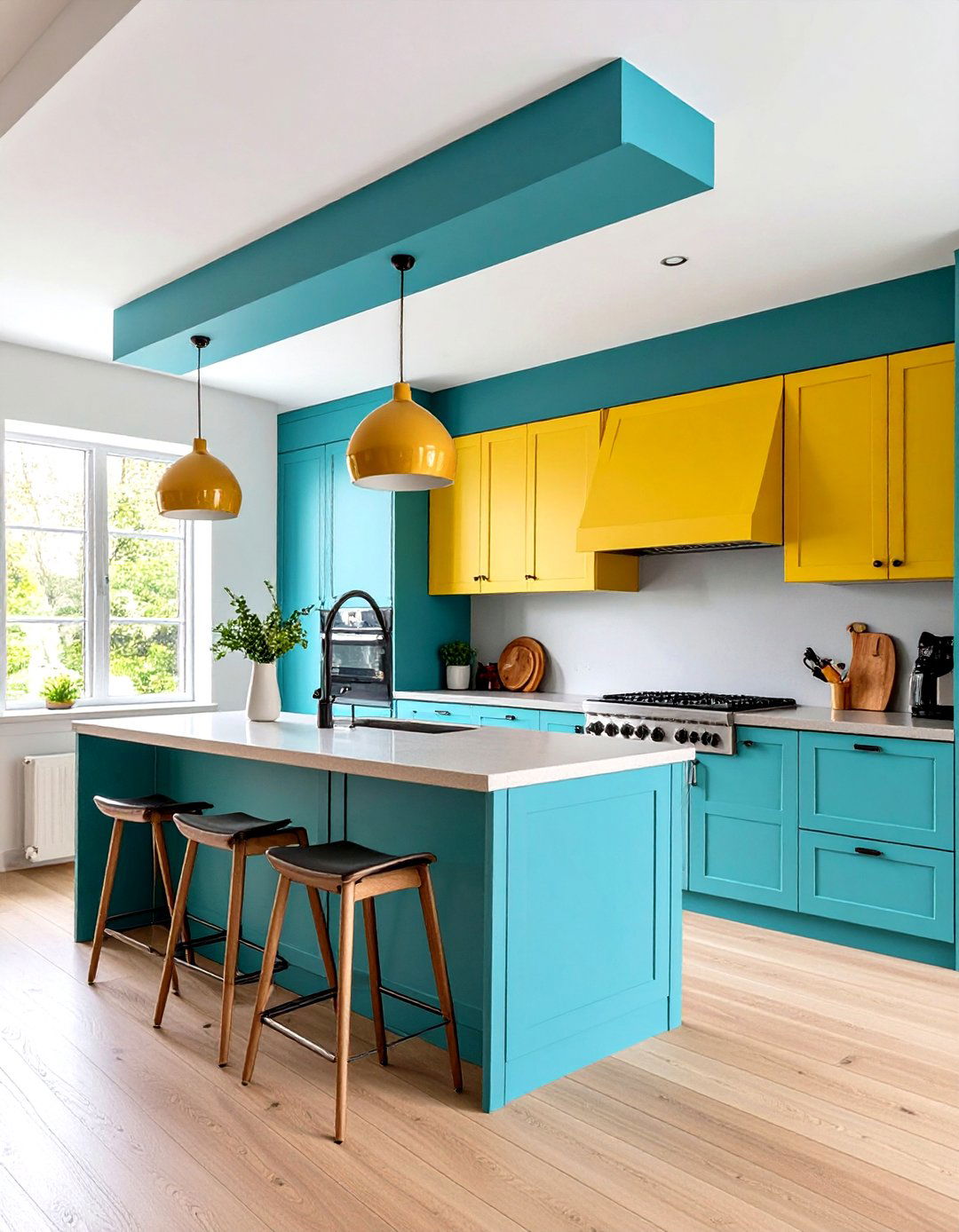
Make your kitchen soffit virtually disappear by painting it the same color as your walls or cabinets for seamless visual integration. This simple yet effective approach eliminates the bulky appearance that makes soffits feel intrusive in kitchen designs. When matching wall colors, the soffit blends into the background, creating an illusion of higher ceilings and more open space. Alternatively, painting the soffit to match your cabinet color makes it appear as an extension of the cabinetry rather than a separate architectural element. Use high-quality paint with the same finish as your chosen reference surface for the most convincing effect. For kitchens with textured walls, consider adding the same texture treatment to the soffit surface. This budget-friendly solution requires minimal time and materials while delivering dramatic visual improvements that make your kitchen feel more spacious and cohesive.
5. Recessed Kitchen Soffit Display Shelving
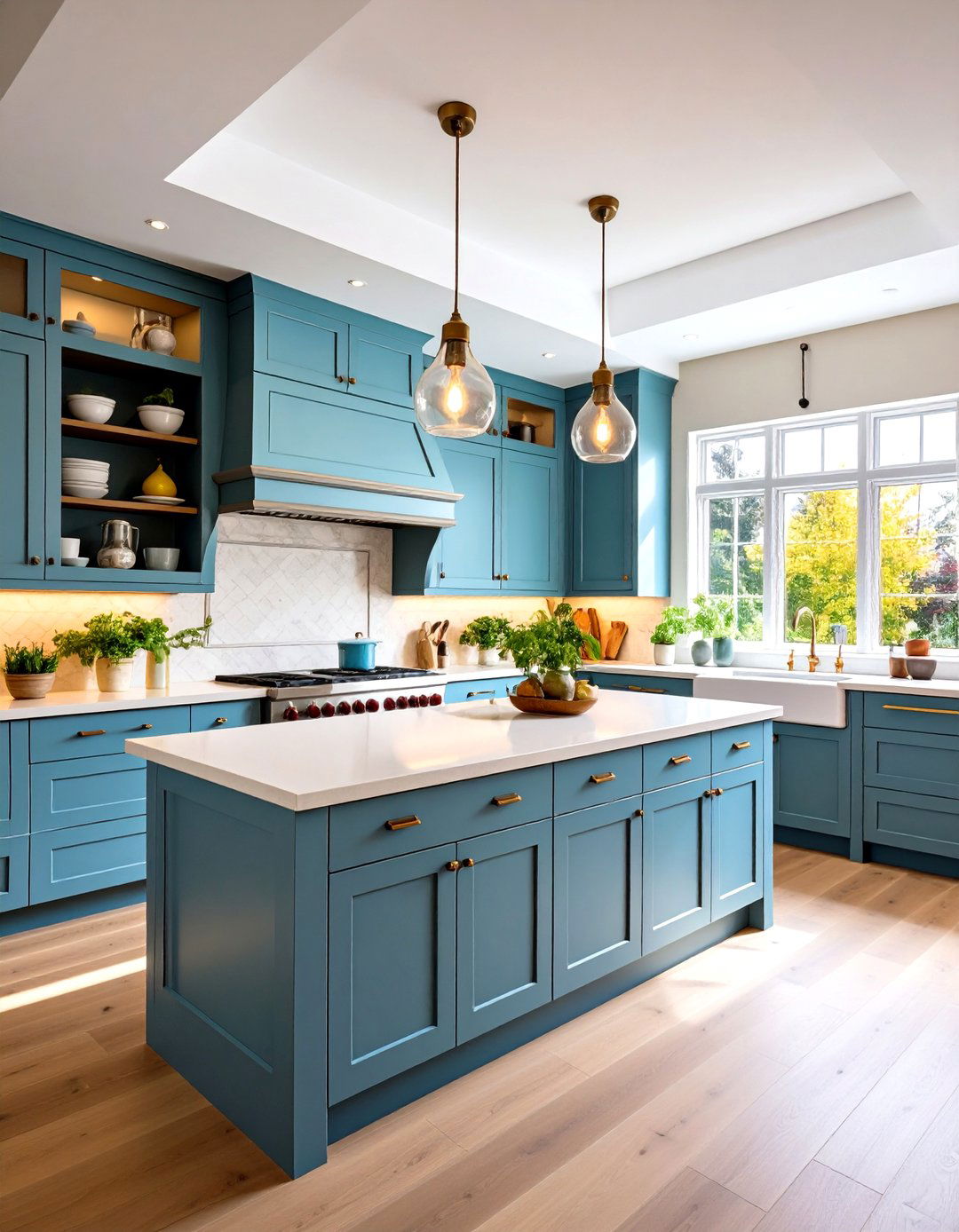
Convert your kitchen soffit into an attractive display area by installing recessed shelving that showcases decorative items, cookbooks, or frequently used dishes. Create shallow niches within the soffit structure that provide perfect platforms for displaying colorful ceramics, vintage kitchenware, or artistic pieces that reflect your personal style. Install adjustable shelving systems that accommodate items of varying heights and allow for seasonal rearrangement. Add discrete LED spotlights or strip lighting to highlight displayed objects and create visual interest even when the kitchen lights are dimmed. Choose shelf materials that complement your kitchen's design aesthetic, whether that's natural wood, painted wood, or contemporary metal. This approach transforms the soffit from a purely functional element into an attractive design feature that adds personality and character to your kitchen while providing practical storage for items you want within easy reach.
6. Kitchen Soffit Wine Storage Integration
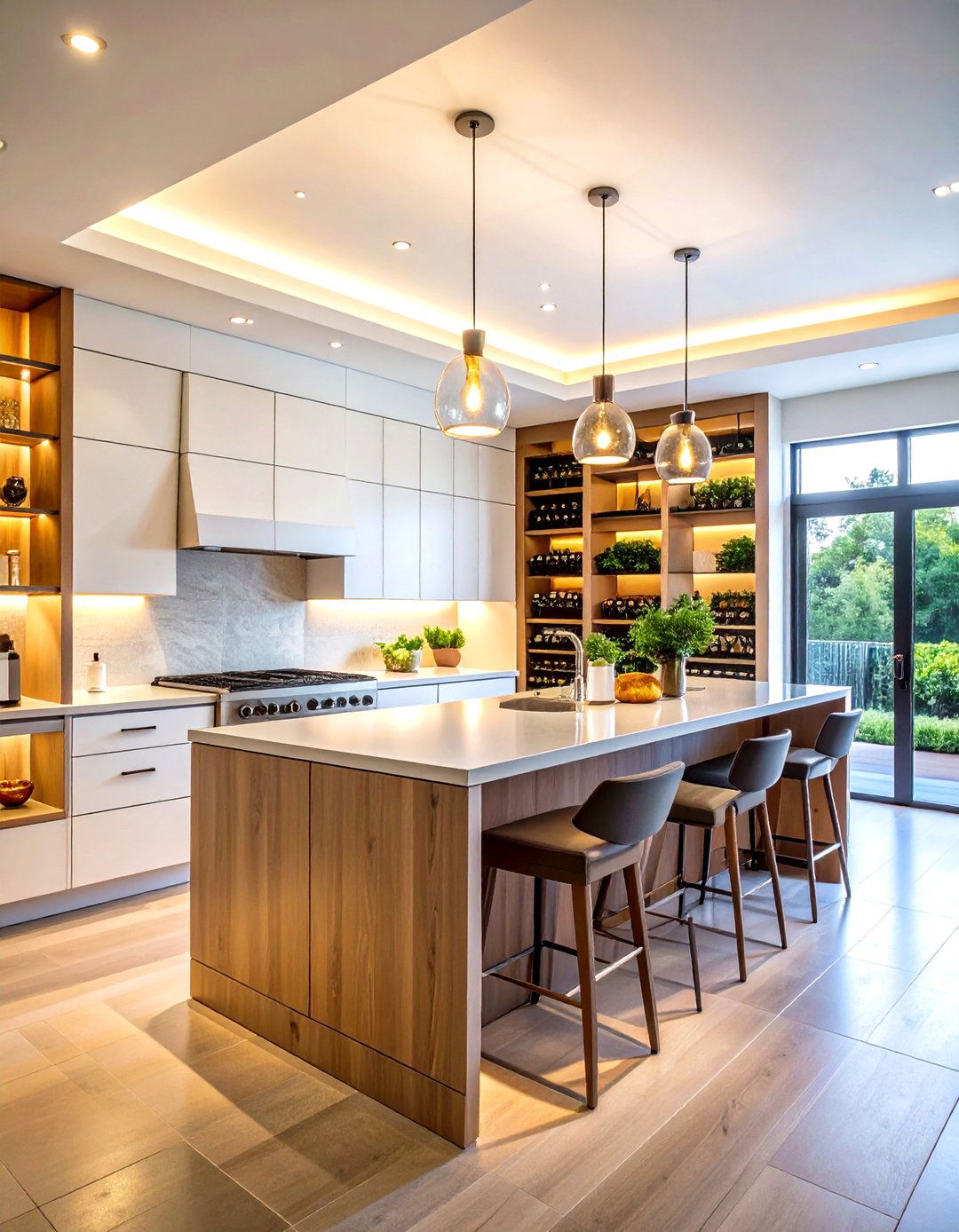
Transform your kitchen soffit into an elegant wine storage and display area that combines functionality with sophisticated style. Install custom wine racks within the soffit structure that safely hold bottles horizontally while showcasing your collection as a decorative element. Consider adding temperature control systems for proper wine storage conditions, particularly important for valuable vintages. Include stemware storage beneath the wine bottles, creating a complete beverage station that maximizes the soffit's utility. Install subtle LED accent lighting that highlights the wine labels and creates an upscale ambiance reminiscent of professional wine cellars. Choose materials like wrought iron, natural wood, or contemporary metal that complement your kitchen's design style. Add a small counter area below for wine service and tasting. This sophisticated approach works particularly well in entertainment-focused kitchens where wine service is frequent, creating a restaurant-quality feature that impresses guests.
7. Beadboard Kitchen Soffit Cottage Style
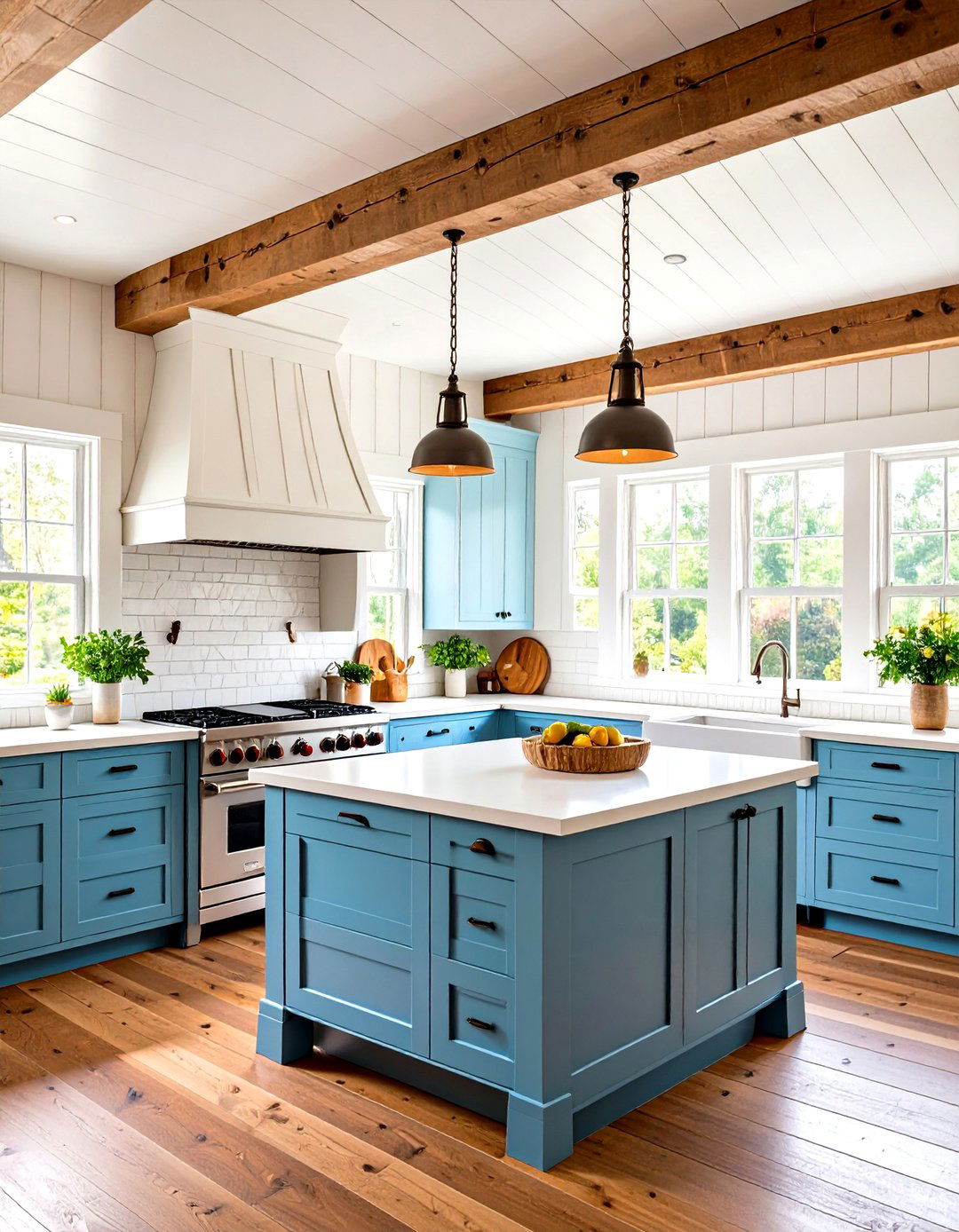
Embrace farmhouse charm by covering your kitchen soffit with classic beadboard paneling that adds texture, visual interest, and cottage-style character. Install vertical beadboard strips across the entire soffit surface, creating rhythmic lines that draw the eye upward and make ceilings appear higher. Paint the beadboard in crisp white for traditional cottage appeal, or choose soft pastels like sage green or powder blue for a more personalized touch. Add narrow trim pieces at the top and bottom edges for a finished, professional appearance. This treatment works beautifully with shaker-style cabinets, open shelving, and farmhouse sinks, creating a cohesive rustic aesthetic. Consider extending the beadboard treatment to other kitchen areas, such as the backsplash or island base, for a unified design approach. The vertical lines created by beadboard help visually elongate the space while adding tactile interest that makes the kitchen feel more welcoming and homey.
8. Kitchen Soffit Removal and Cabinet Extension
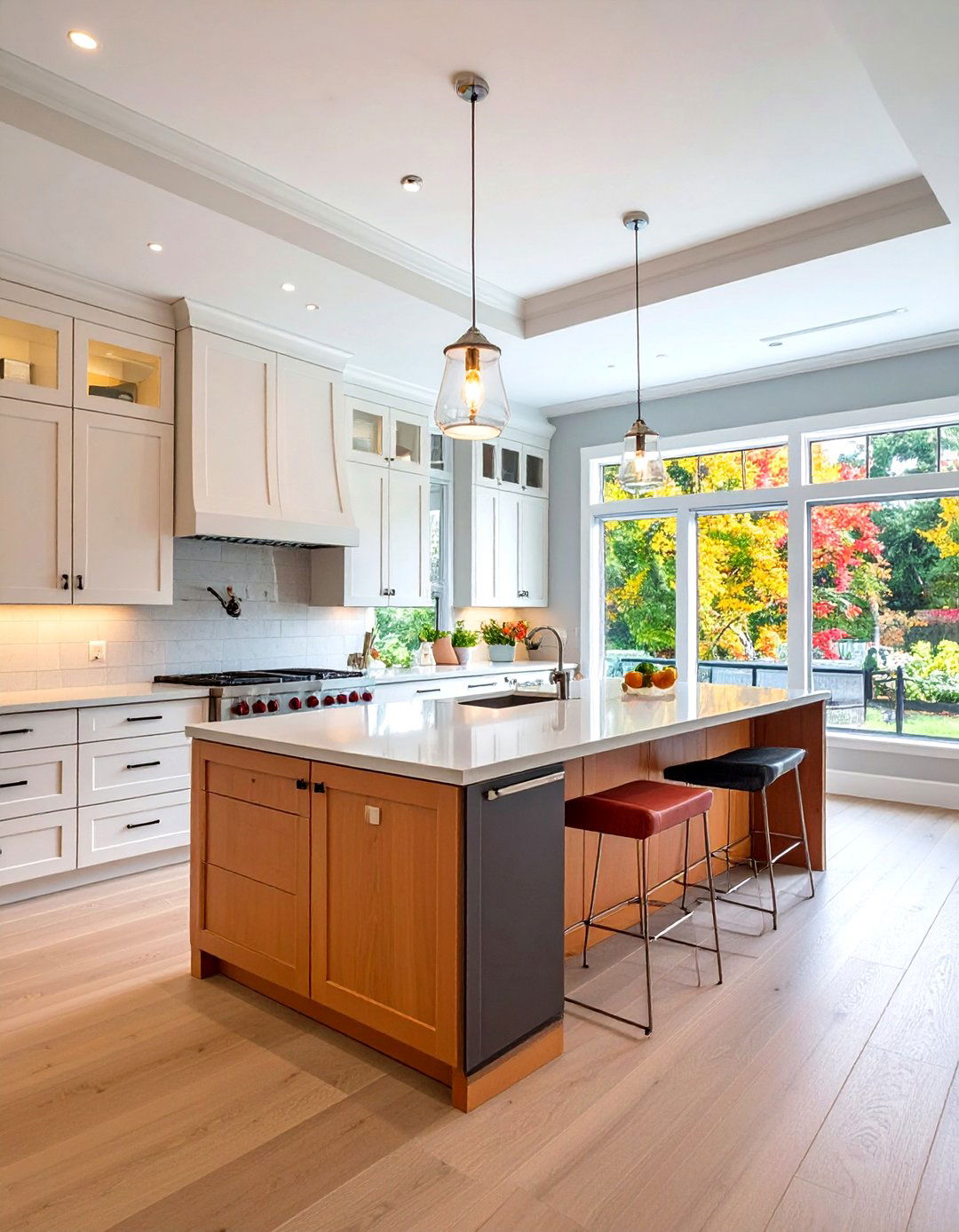
Create a more open, contemporary kitchen by removing outdated soffits and extending your cabinets to the ceiling for maximum storage and modern appeal. This dramatic transformation requires careful planning to relocate any utilities housed within the soffit, such as electrical wiring or ventilation ducts. Install taller upper cabinets that reach the ceiling, eliminating the dead space that soffits typically occupy. Add crown molding at the ceiling line for a finished, custom look that enhances the height and grandeur of your kitchen. Consider installing glass-front cabinet doors in the uppermost sections to display dishes while maintaining an open feel. Include interior cabinet lighting to illuminate the additional storage areas and create a warm, inviting atmosphere. This approach works particularly well in kitchens with standard eight-foot ceilings, where eliminating soffits can make the space feel significantly larger and more luxurious while providing valuable additional storage space.
9. Industrial Kitchen Soffit Beam Conversion
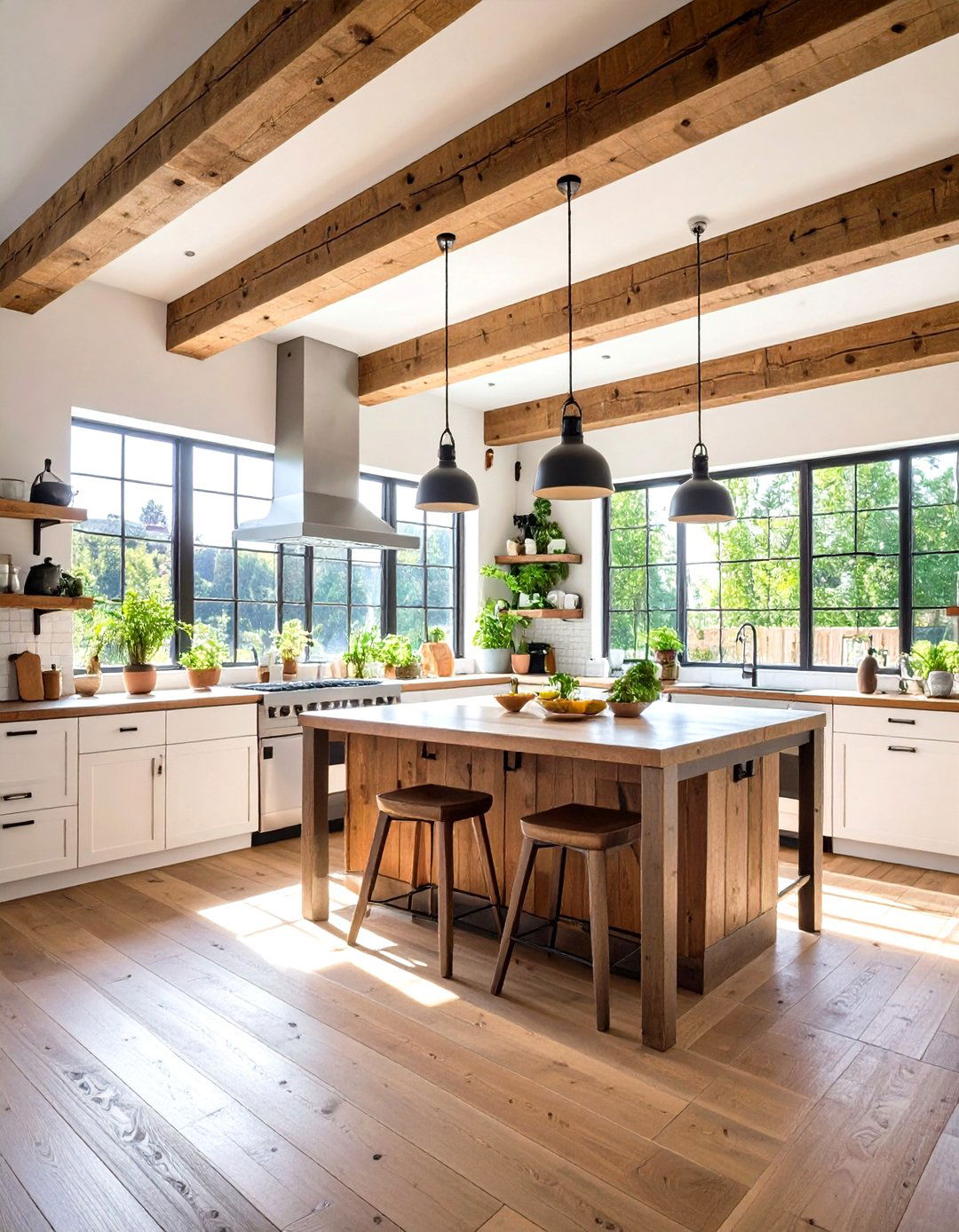
Transform your kitchen soffit into a striking industrial design element by converting it into decorative structural beams that add character and architectural interest. Wrap the existing soffit with wood or metal materials that mimic exposed structural elements found in converted loft spaces and industrial-style homes. Choose reclaimed wood for warmth and authenticity, or select metal materials like steel or iron for a more dramatic, contemporary industrial look. Extend some beams to connect with kitchen islands or dining areas, creating visual continuity and defining different zones within open floor plans. Add exposed hardware elements like brackets or bolts to enhance the industrial aesthetic. Paint or finish the beam materials to coordinate with other kitchen elements while maintaining their distinctly structural appearance. This bold approach works exceptionally well in modern, urban-inspired kitchens where the industrial aesthetic complements contemporary appliances and fixtures.
10. Kitchen Soffit Herb Garden Installation

Create a living kitchen feature by converting your soffit into an indoor herb garden that provides fresh ingredients while adding natural beauty to your space. Install moisture-resistant planters within the soffit structure, ensuring proper drainage and access for maintenance. Choose herbs that thrive in indoor conditions with adequate light, such as basil, parsley, oregano, and thyme. Add grow lights specifically designed for plants to ensure healthy growth even in kitchens with limited natural light. Consider installing a small irrigation system that simplifies watering and maintains consistent moisture levels. Design the planter system with removable containers for easy replanting and seasonal changes. Add a small step stool nearby for safe access to your elevated garden. This innovative approach brings the farm-to-table concept directly into your kitchen while creating a unique focal point that changes with the seasons and provides practical benefits for cooking and food preparation.
11. Tiled Kitchen Soffit Backsplash Extension
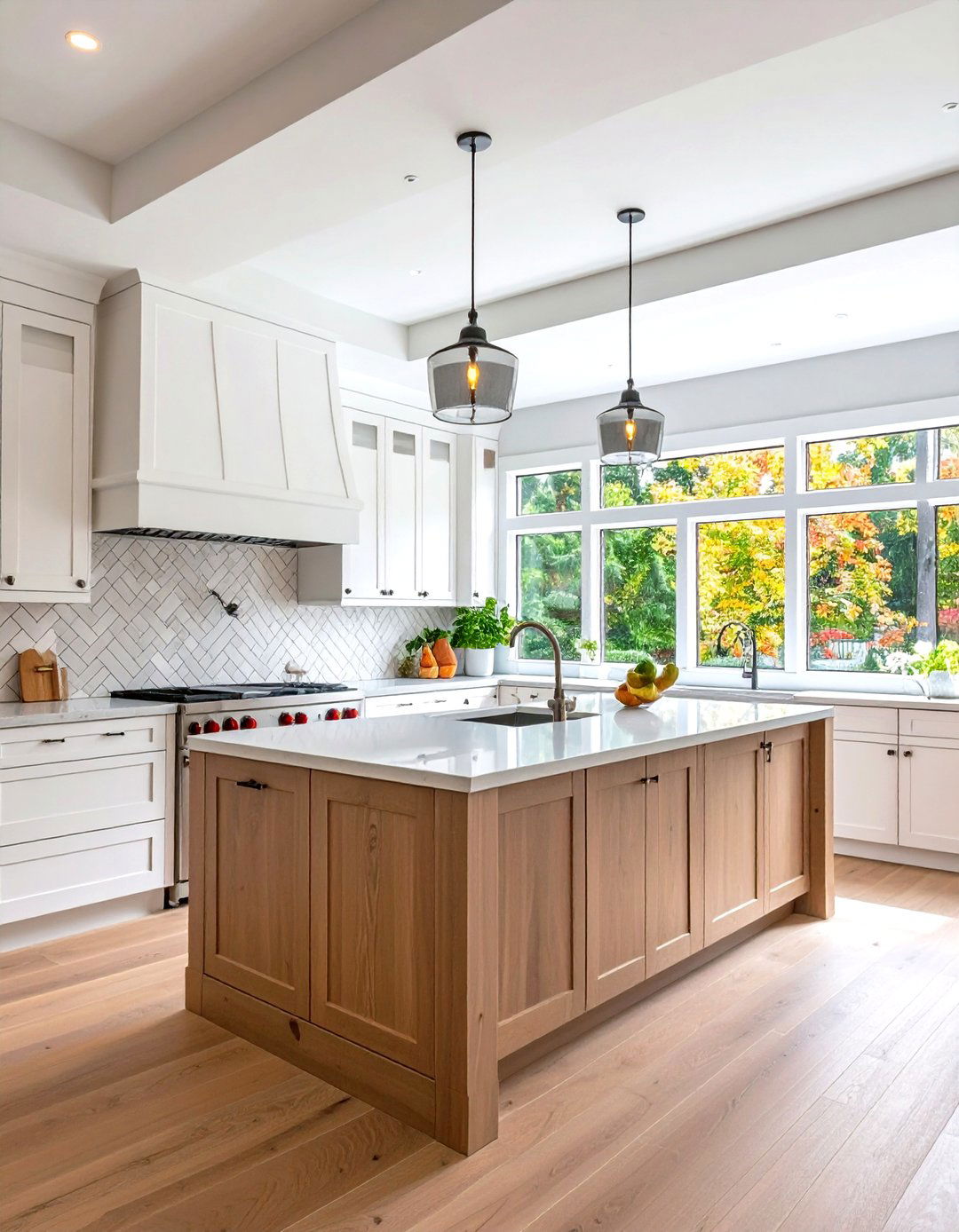
Extend your kitchen backsplash design upward by tiling the soffit surface with materials that complement or match your existing backsplash for visual continuity. Choose tiles that create interesting patterns or textures, such as subway tiles arranged in herringbone patterns, mosaic designs, or natural stone that adds organic appeal. This approach makes the soffit feel like an intentional part of the kitchen design rather than an afterthought. Consider using larger format tiles on the soffit to create clean, modern lines, or select smaller tiles that add intricate detail and visual texture. Include accent lighting behind translucent tiles for dramatic backlighting effects that enhance the material's natural beauty. Ensure proper waterproofing and ventilation to prevent moisture issues. This sophisticated treatment works particularly well in contemporary kitchens where the extended backsplash creates a seamless flow from countertop to ceiling, making the space feel more cohesive and professionally designed.
12. Kitchen Soffit Ambient Rope Lighting
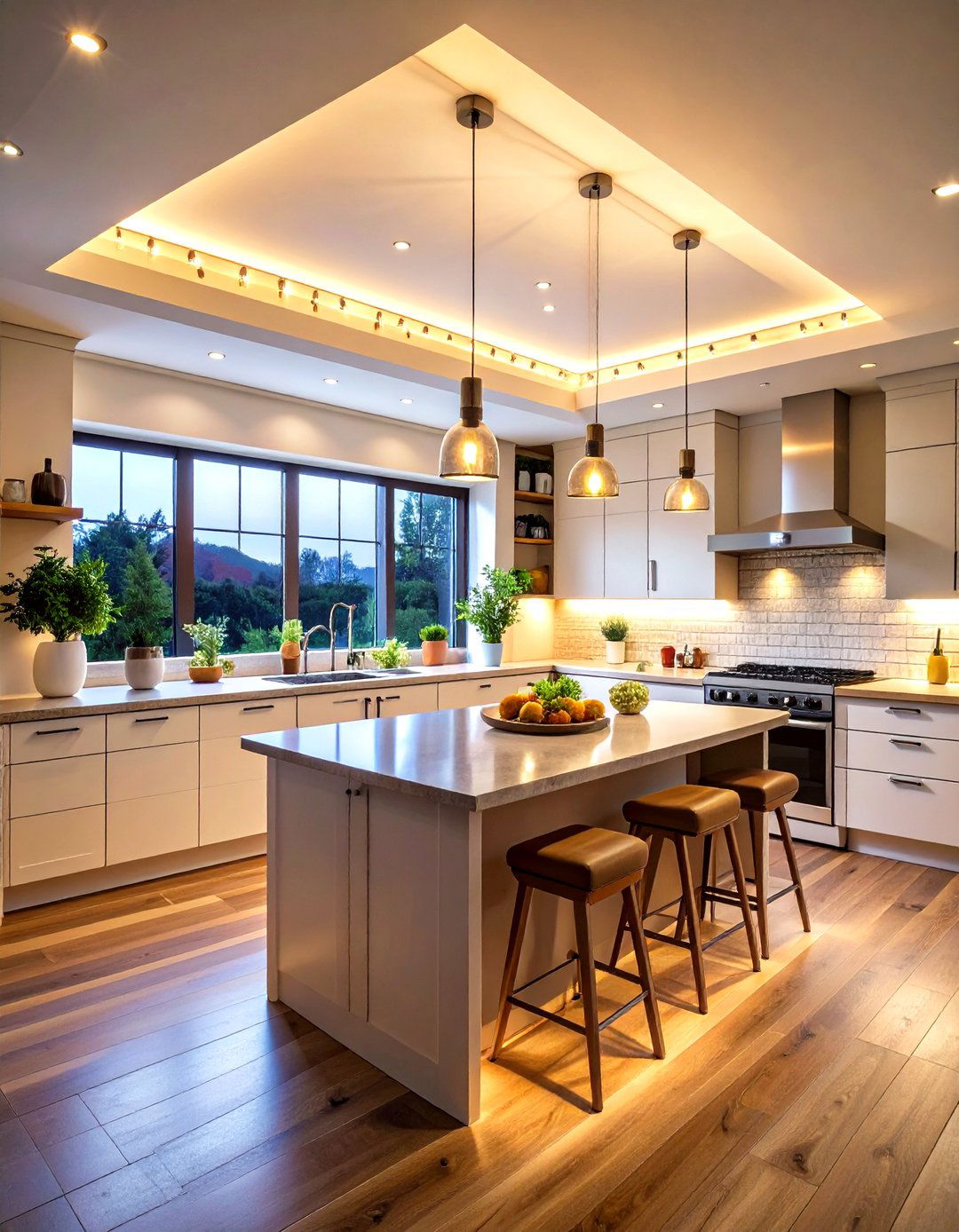
Install rope lighting along the edges of your kitchen soffit to create soft, ambient illumination that transforms the atmosphere while providing gentle task lighting for countertop activities. Position the rope lights behind small ledges or within channels cut into the soffit structure to hide the fixtures while directing light where needed. Choose LED rope lights with dimming capabilities that allow you to adjust brightness throughout the day, from bright task lighting during meal preparation to soft ambient lighting for evening entertaining. Consider color-changing options that provide different moods for various occasions, such as warm white for daily use and colored options for special events. Install the lighting on multiple circuits with separate switches for maximum control over your kitchen's ambiance. This versatile lighting solution works beautifully in both modern and traditional kitchens, providing practical illumination while creating a sophisticated atmosphere that enhances your kitchen's overall appeal and functionality.
13. Glass-Front Kitchen Soffit Cabinet Design

Convert your kitchen soffit into elegant display storage by installing glass-front cabinets that showcase beautiful dishes, glassware, or collectibles while maintaining organized storage. Choose from clear, frosted, or textured glass options that complement your kitchen's style and provide the desired level of visibility for stored items. Install interior LED lighting that illuminates displayed objects and creates a jewelry-box effect that makes everyday dishes look special. Add adjustable glass shelving that accommodates various item sizes and allows for easy rearrangement. Consider using different types of glass on different sections, such as clear glass for displaying beautiful china and frosted glass for hiding everyday items. Include soft-close hinges and quality hardware that enhance the custom, high-end appearance. This elegant solution works particularly well in traditional and transitional kitchens where the glass-front cabinets add refinement and allow you to display cherished pieces while keeping them protected and organized.
14. Kitchen Soffit Thickening for Modern Look
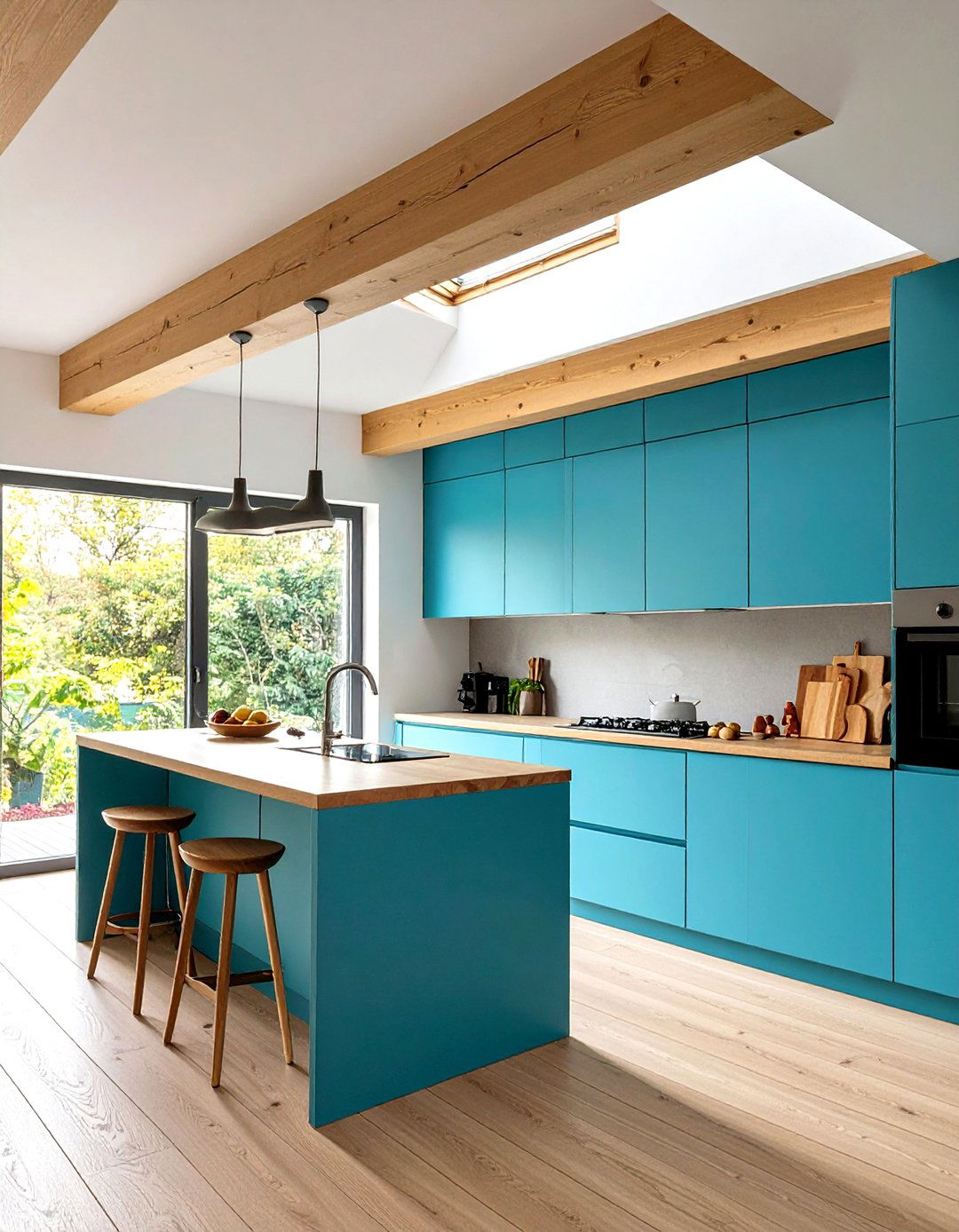
Create a sleek, contemporary appearance by extending your kitchen soffit outward until it's flush with your wall surface, eliminating the recessed look that can appear dated. This architectural modification transforms the soffit from a visual intrusion into a clean, modern design element that appears to be an intentional part of the room's structure. Build out the soffit using drywall or wood framing, ensuring smooth transitions where it meets existing walls and ceilings. Paint the extended soffit the same color as your walls to create seamless integration that makes ceilings appear higher and the kitchen feel more spacious. Consider adding geometric details or subtle texture to the extended surface for additional visual interest without compromising the clean, modern aesthetic. This approach works exceptionally well in minimalist and contemporary kitchen designs where clean lines and simplified forms are emphasized, creating a sophisticated backdrop for modern appliances and fixtures.
15. Kitchen Soffit Wallpaper and Pattern Treatment
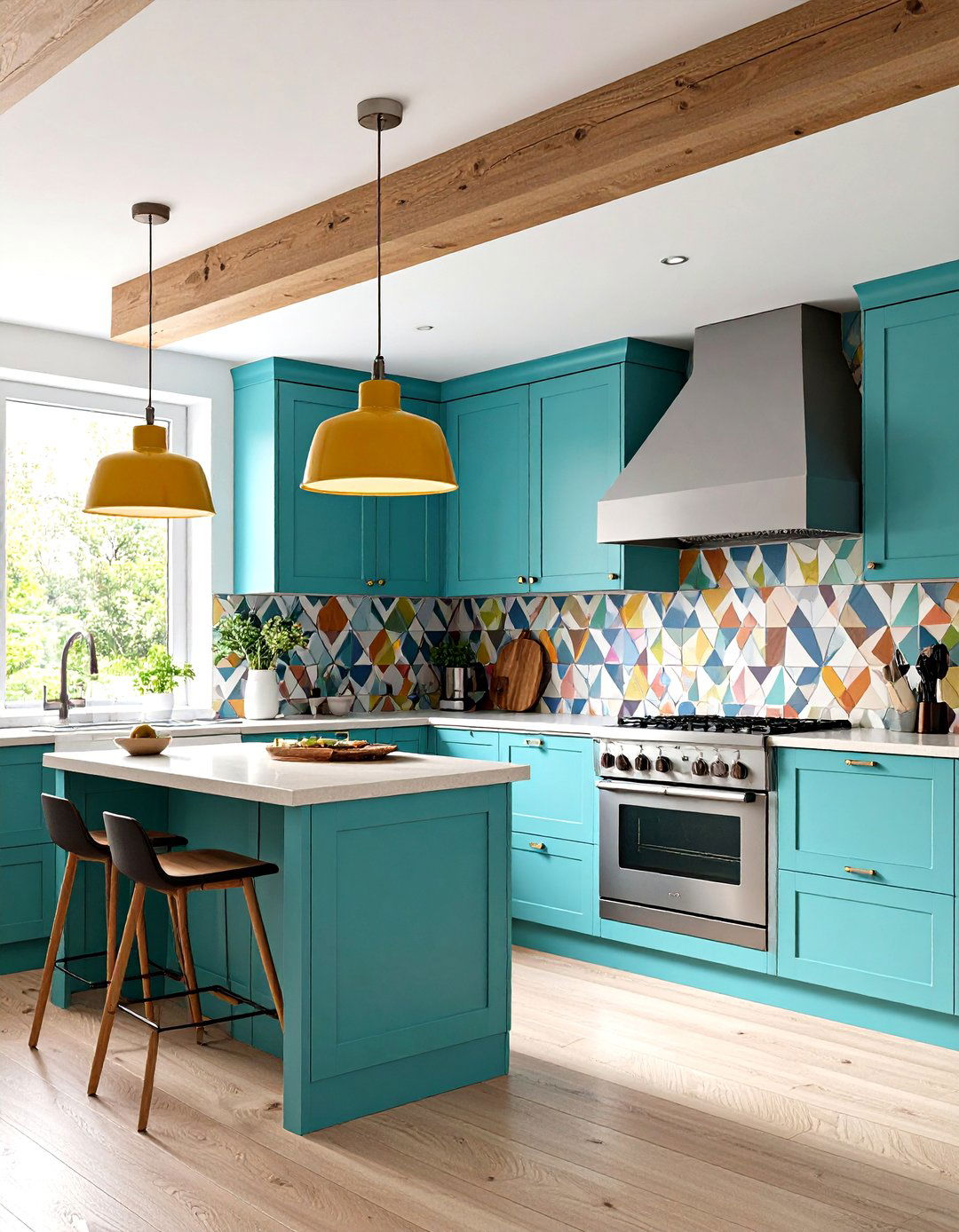
Add personality and visual interest to your kitchen soffit by applying removable wallpaper or decorative patterns that complement your overall design scheme while creating a unique focal point. Choose patterns that enhance your kitchen's style, whether that's geometric designs for modern spaces, floral patterns for traditional kitchens, or bold graphics for eclectic aesthetics. Consider using peel-and-stick wallpaper that allows for easy updates and changes as your style evolves. Create visual continuity by selecting patterns that echo colors or themes found elsewhere in your kitchen design. For rental properties or temporary solutions, removable vinyl decals offer similar visual impact without permanent commitment. Apply patterns strategically to different sections of the soffit for varied visual interest, or use a single pattern throughout for cohesive appeal. This creative approach allows you to express personal style while transforming an often-overlooked architectural element into an attractive design feature that adds character and charm.
16. Kitchen Soffit Task Lighting Integration
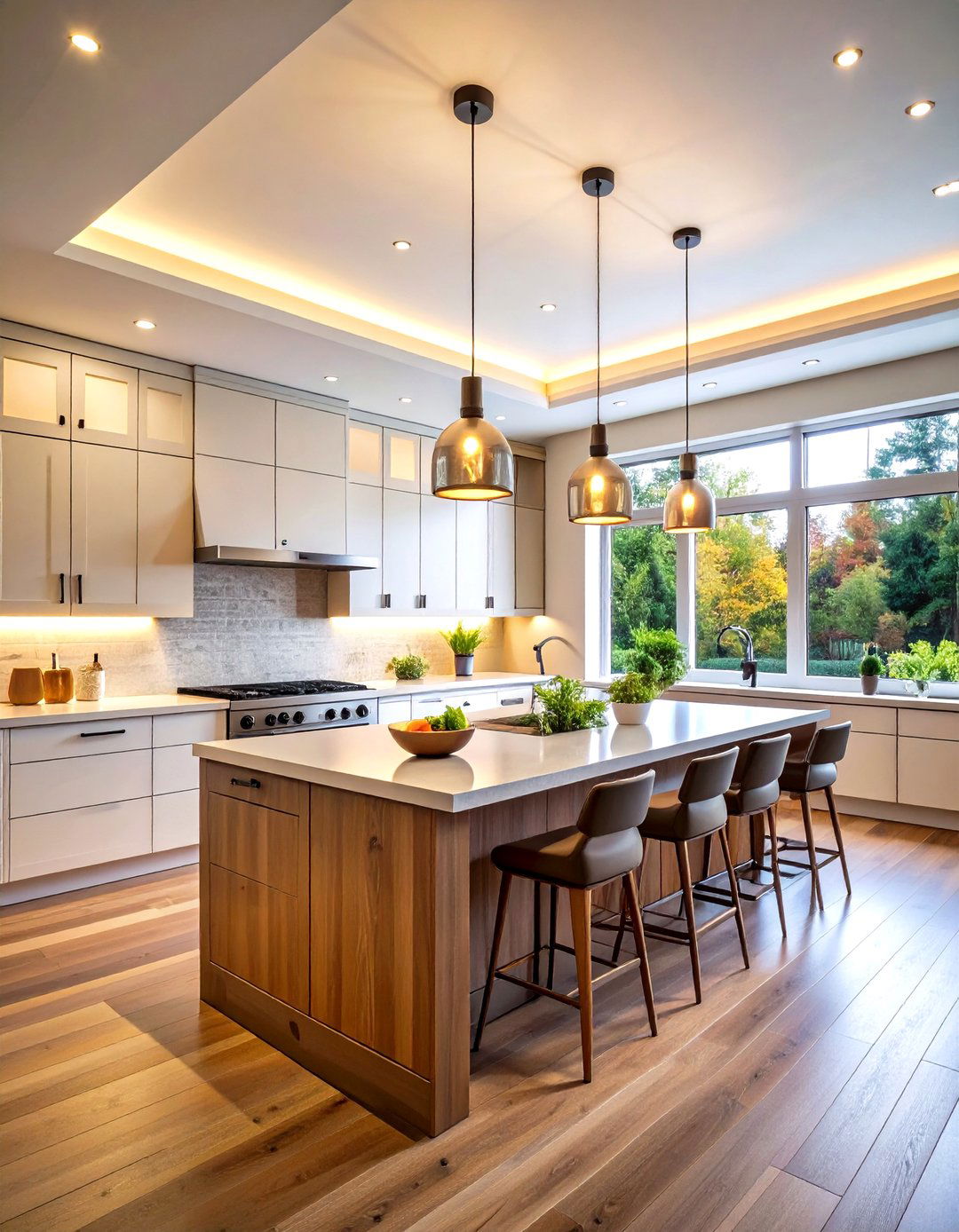
Maximize your kitchen's functionality by installing focused task lighting within the soffit structure that illuminates specific work areas with precision and efficiency. Position adjustable track lighting or recessed fixtures that can be directed toward different areas as your needs change. Install under-cabinet lighting strips along the bottom edge of the soffit to eliminate shadows on countertops and provide excellent visibility for food preparation tasks. Consider adding pendant lights that hang from the soffit over kitchen islands or peninsulas for both task lighting and decorative appeal. Choose fixtures with adjustable brightness and color temperature to accommodate different activities throughout the day. Include separate switches for different lighting zones to provide maximum control over your kitchen's illumination. This practical approach ensures adequate lighting for safe and efficient kitchen work while creating a layered lighting scheme that enhances the overall ambiance and functionality of your space.
17. Kitchen Soffit Seasonal Decor Display
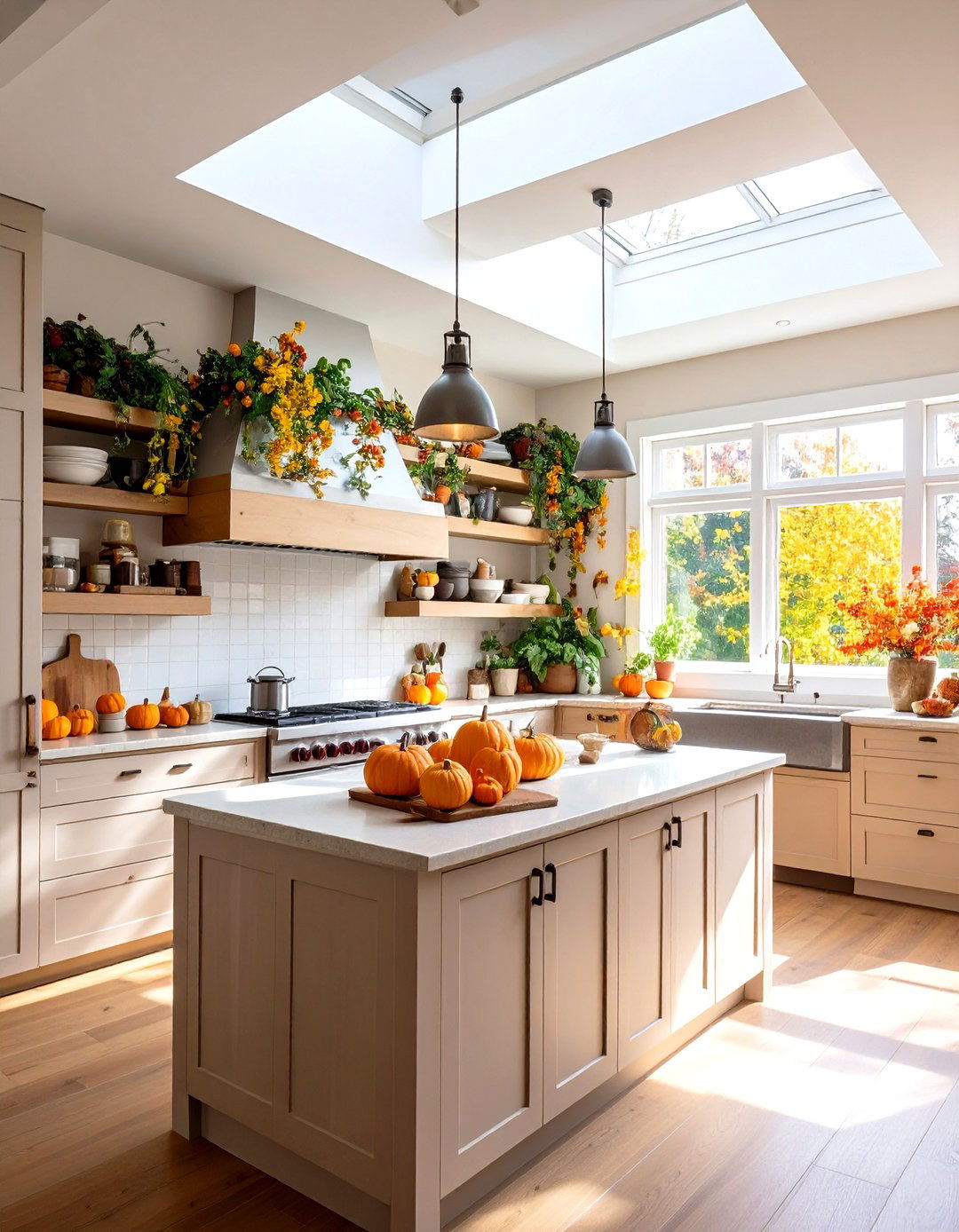
Design your kitchen soffit as a flexible display area that celebrates seasonal changes and holidays throughout the year with rotating decorative arrangements. Install narrow ledges or shallow shelving systems that accommodate various decorative objects while providing stable platforms for seasonal displays. Create spring arrangements with fresh flowers and pastel colors, summer displays featuring bright fruits and nautical themes, autumn decorations with pumpkins and warm earth tones, and winter displays incorporating evergreens and metallic accents. Include discrete lighting that highlights seasonal displays and creates focal points that draw attention to your creative arrangements. Choose lightweight, unbreakable decorative items for safety and easy rearrangement. Plan storage solutions for off-season decorations that keep them organized and easily accessible when it's time to change displays. This dynamic approach keeps your kitchen feeling fresh and current while allowing you to express creativity and celebrate the changing seasons in a space where family and friends naturally gather.
18. Kitchen Soffit Contrasting Color Statement
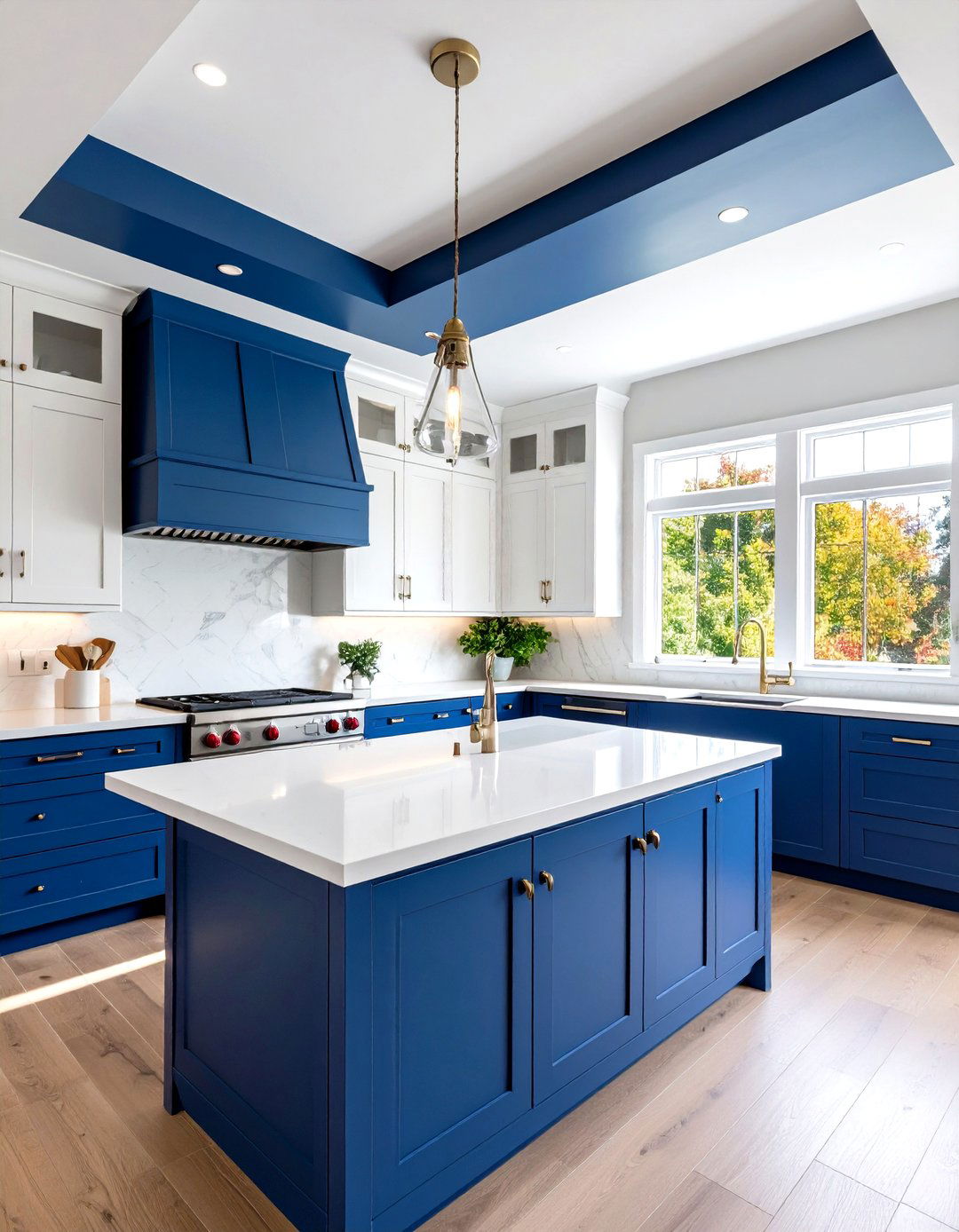
Make your kitchen soffit a bold design feature by painting it in a striking contrasting color that complements your overall color scheme while creating visual drama and interest. Choose colors that enhance your kitchen's personality, whether that's a deep navy blue against white cabinets for classic nautical appeal, warm terracotta against cream tones for Mediterranean warmth, or bold black against light colors for dramatic contemporary contrast. Consider the psychological effects of different colors and how they influence the kitchen's atmosphere and perceived size. Test color combinations in different lighting conditions to ensure the effect works throughout the day. Add complementary accessories or accents in other areas of the kitchen to create cohesive color flow without overwhelming the space. This bold approach works particularly well in kitchens with good natural light and simple cabinet designs where the colored soffit can serve as the primary visual focal point that defines the room's character and style.
19. Kitchen Soffit Built-In Appliance Housing
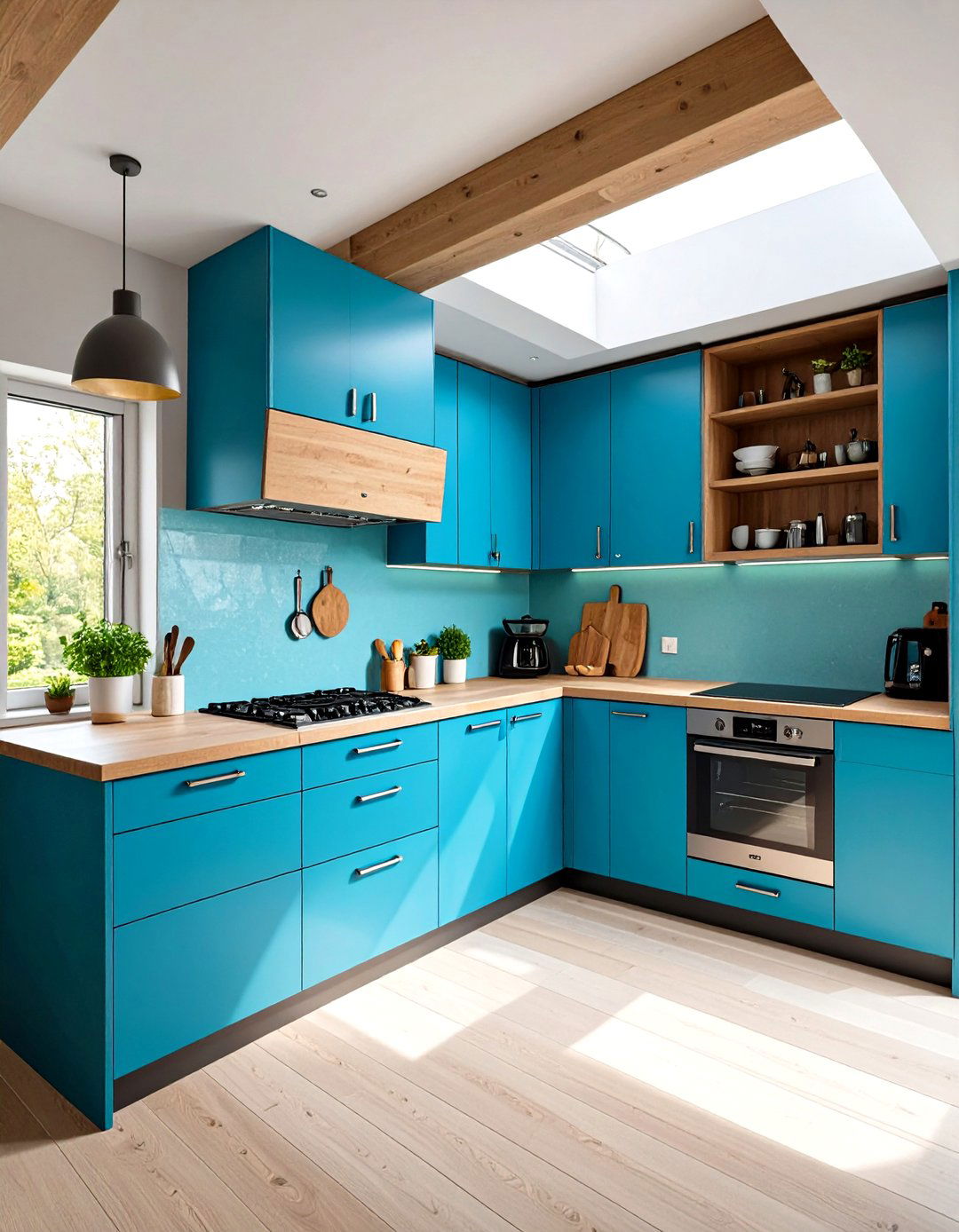
Transform your kitchen soffit into a sophisticated appliance garage that conceals small appliances while maintaining easy access and clean countertop surfaces. Design custom compartments within the soffit structure that accommodate coffee makers, toasters, blenders, and other frequently used small appliances. Install outlets within each compartment for plug-in convenience without visible cords cluttering your workspace. Add sliding doors, roll-up tambour doors, or lift-up panels that provide easy access while completely hiding appliances when not in use. Include interior lighting that illuminates each compartment for easy appliance identification and operation. Consider ventilation systems for heat-generating appliances like coffee makers or toaster ovens. Design the compartments with removable shelving and easy-to-clean surfaces for maintenance convenience. This organized approach maximizes counter space while maintaining the sleek, uncluttered appearance that modern kitchen design emphasizes, creating a sophisticated solution for appliance storage that enhances both function and aesthetics.
20. Kitchen Soffit Smart Home Technology Hub
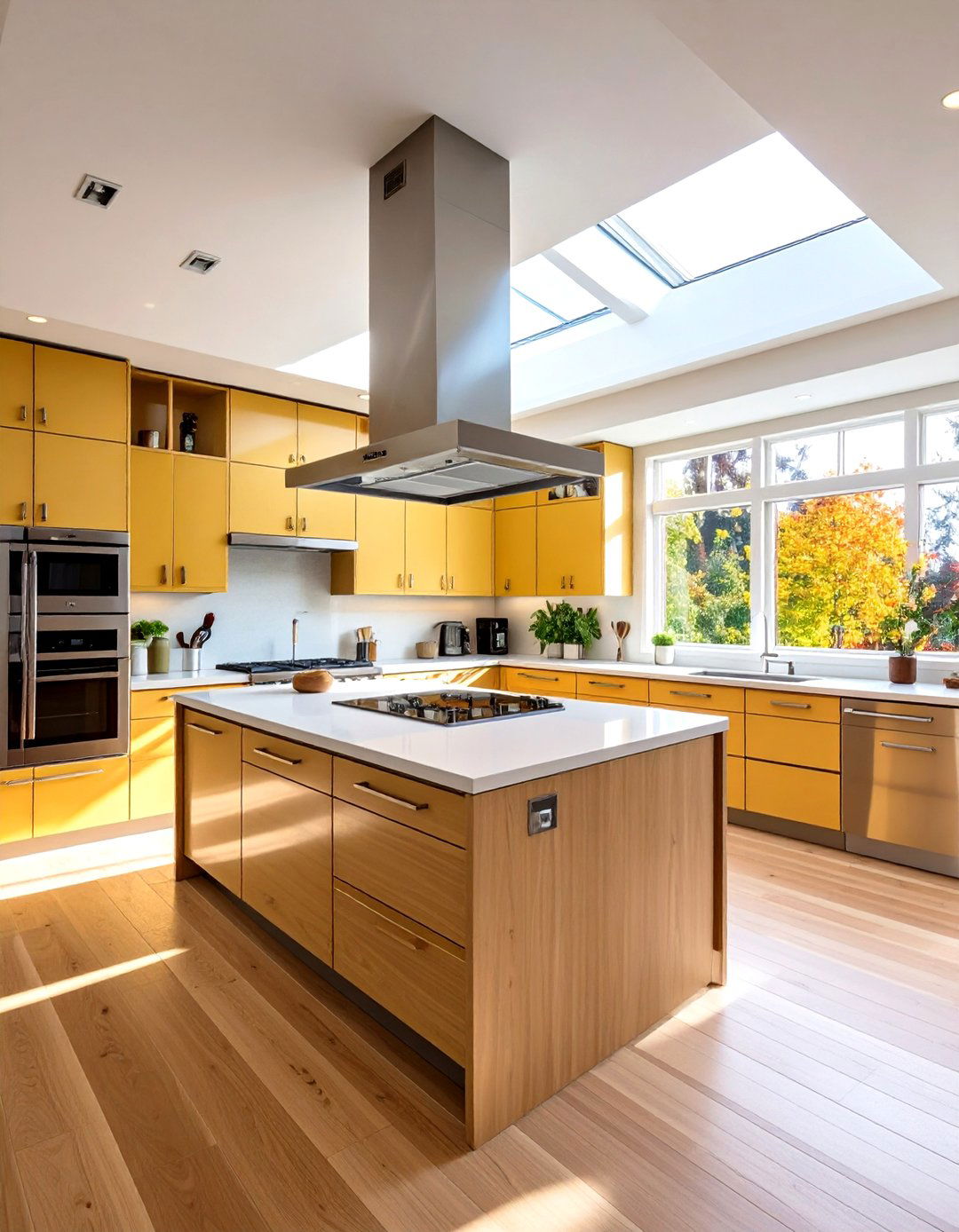
Convert your kitchen soffit into a high-tech control center that houses smart home devices, charging stations, and digital displays while maintaining your kitchen's aesthetic appeal. Install concealed mounting systems for tablets, smart displays, and home automation controls that provide central command for lighting, climate, security, and entertainment systems throughout your home. Create dedicated charging stations for mobile devices with built-in USB ports and wireless charging pads integrated seamlessly into the soffit structure. Include speakers for whole-house audio systems and smart assistants that respond to voice commands for hands-free operation while cooking. Design ventilation systems that prevent overheating of electronic components. Add discrete LED indicators that show system status without creating visual clutter. Include easily accessible panels for maintenance and updates. This forward-thinking approach transforms your kitchen into a smart home command center while maintaining clean, modern aesthetics that enhance both daily convenience and property value.
Conclusion:
Kitchen soffits offer tremendous potential for enhancing both function and style in your culinary space. Whether you choose to embrace them with creative treatments, transform them into storage solutions, or remove them entirely for a more open feel, the key lies in making intentional design decisions that align with your lifestyle and aesthetic preferences. From classic crown molding to cutting-edge smart home integration, these 20 ideas demonstrate that soffits can become valuable assets rather than design obstacles, ultimately contributing to a more beautiful, functional, and personalized kitchen environment.



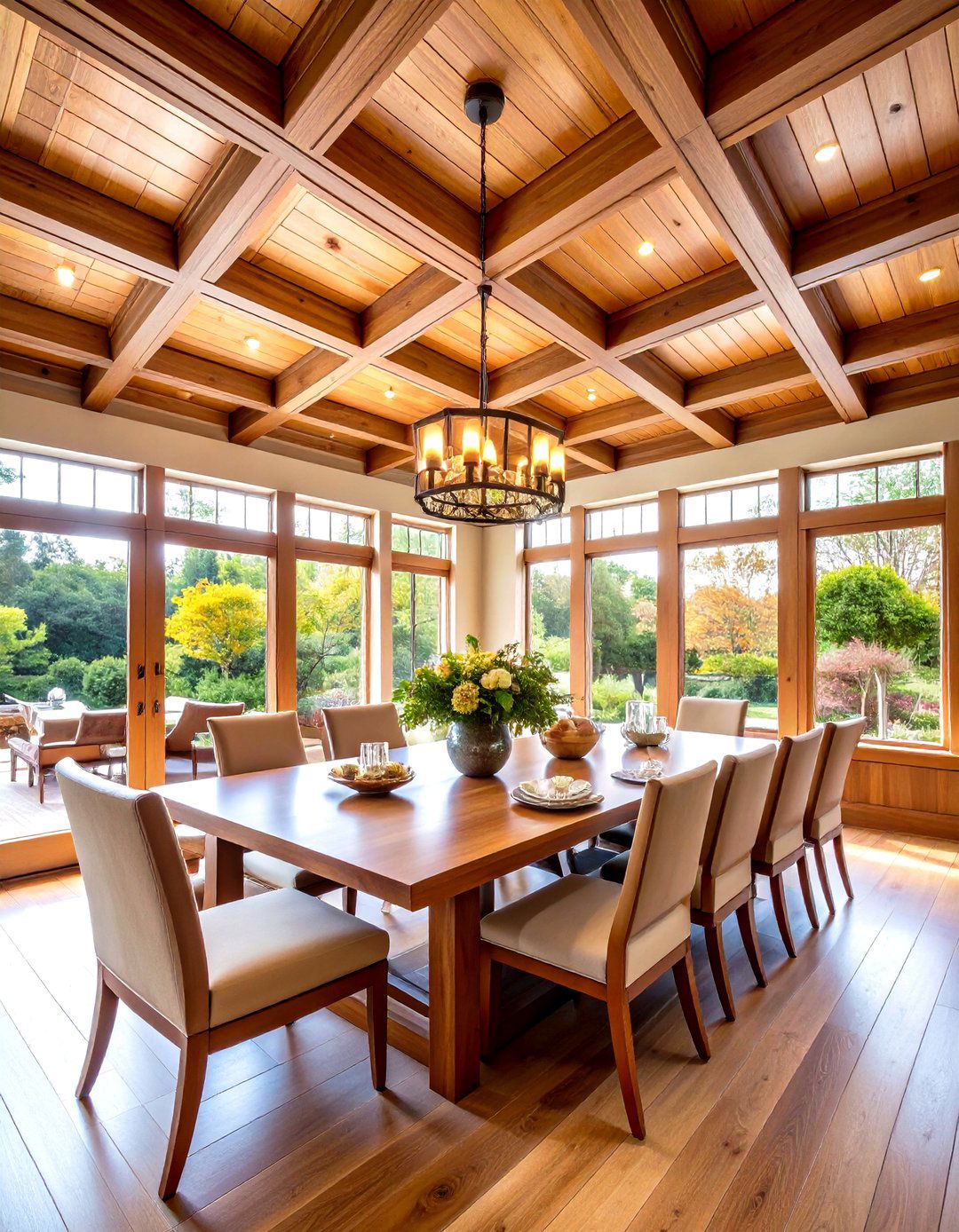
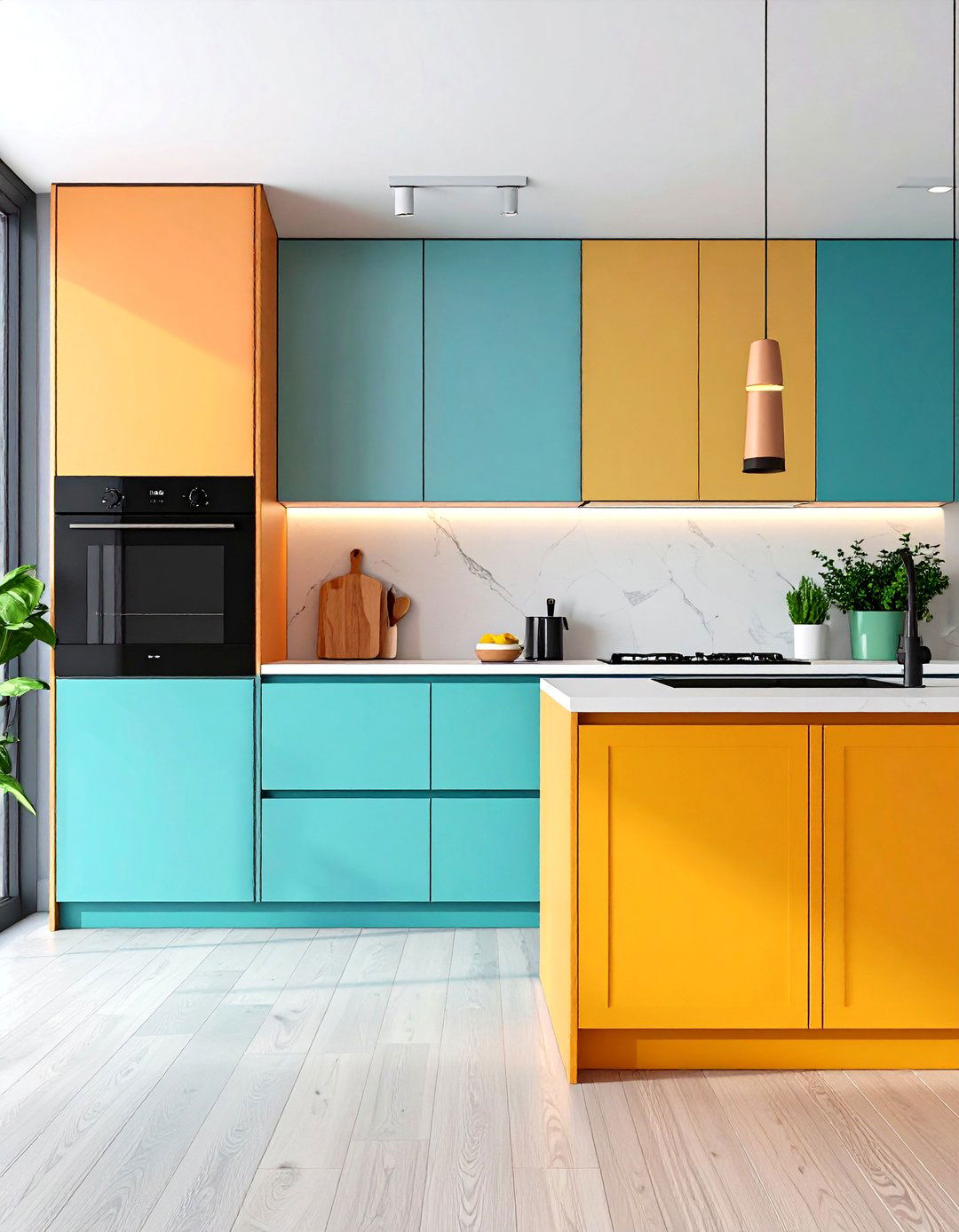
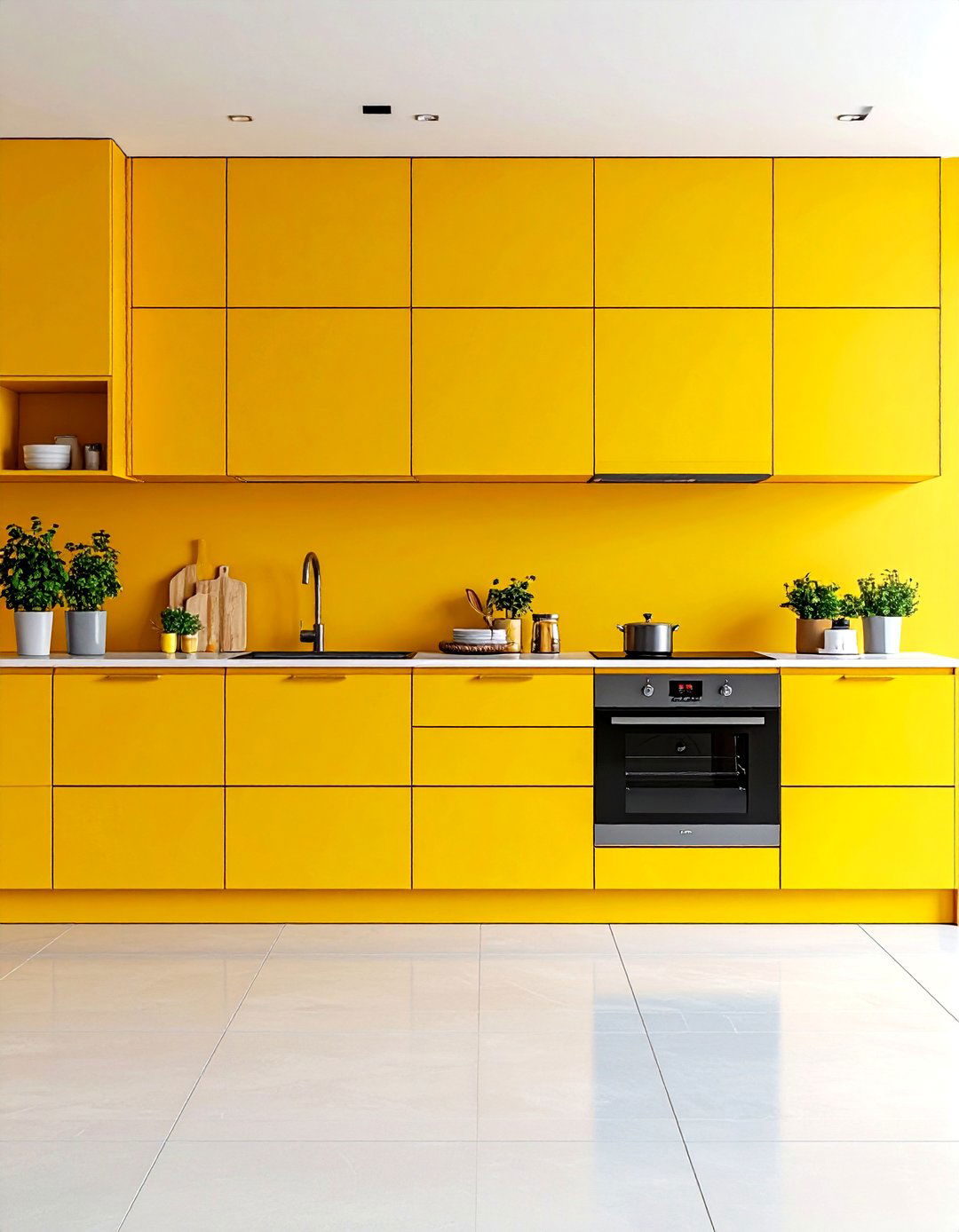
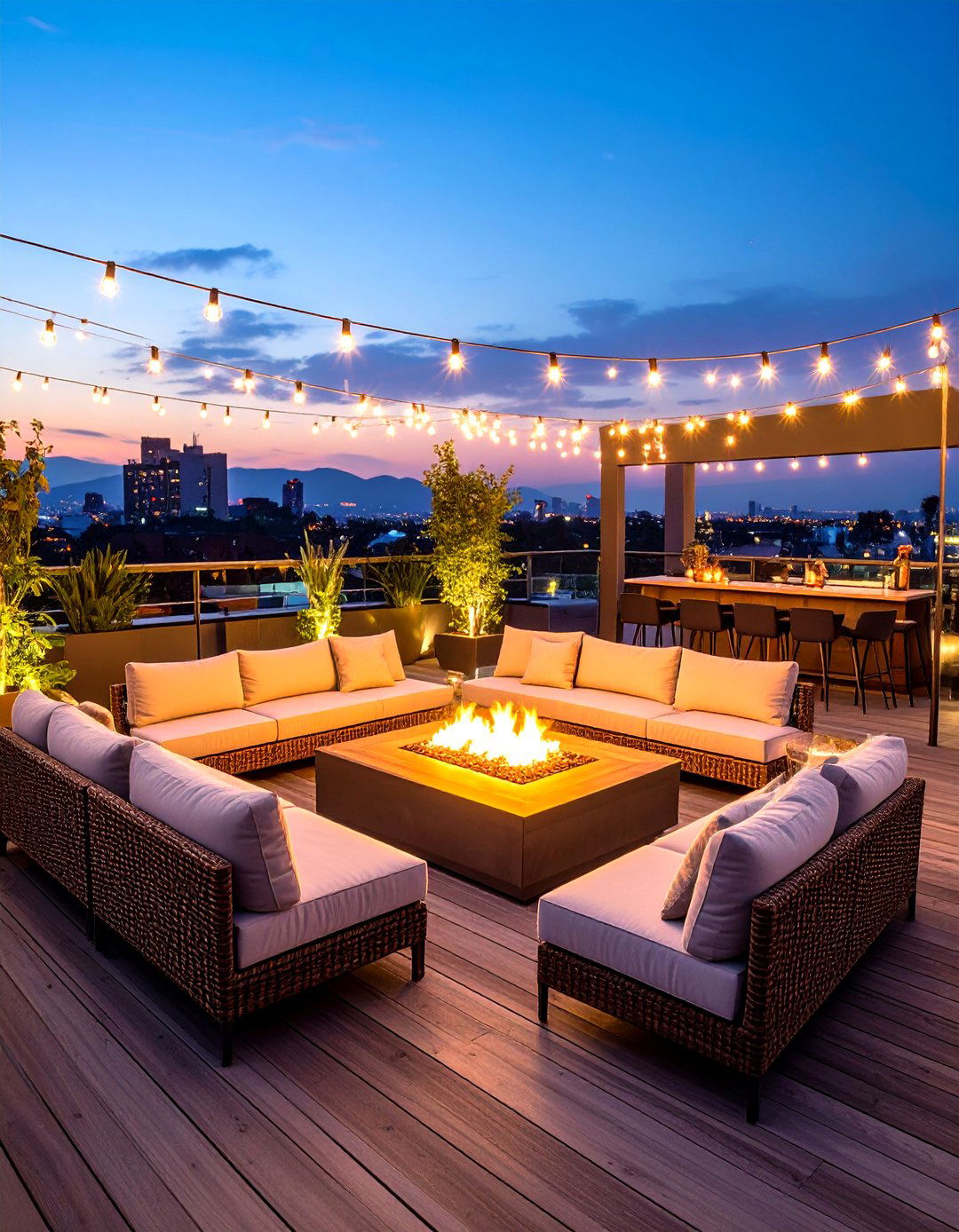
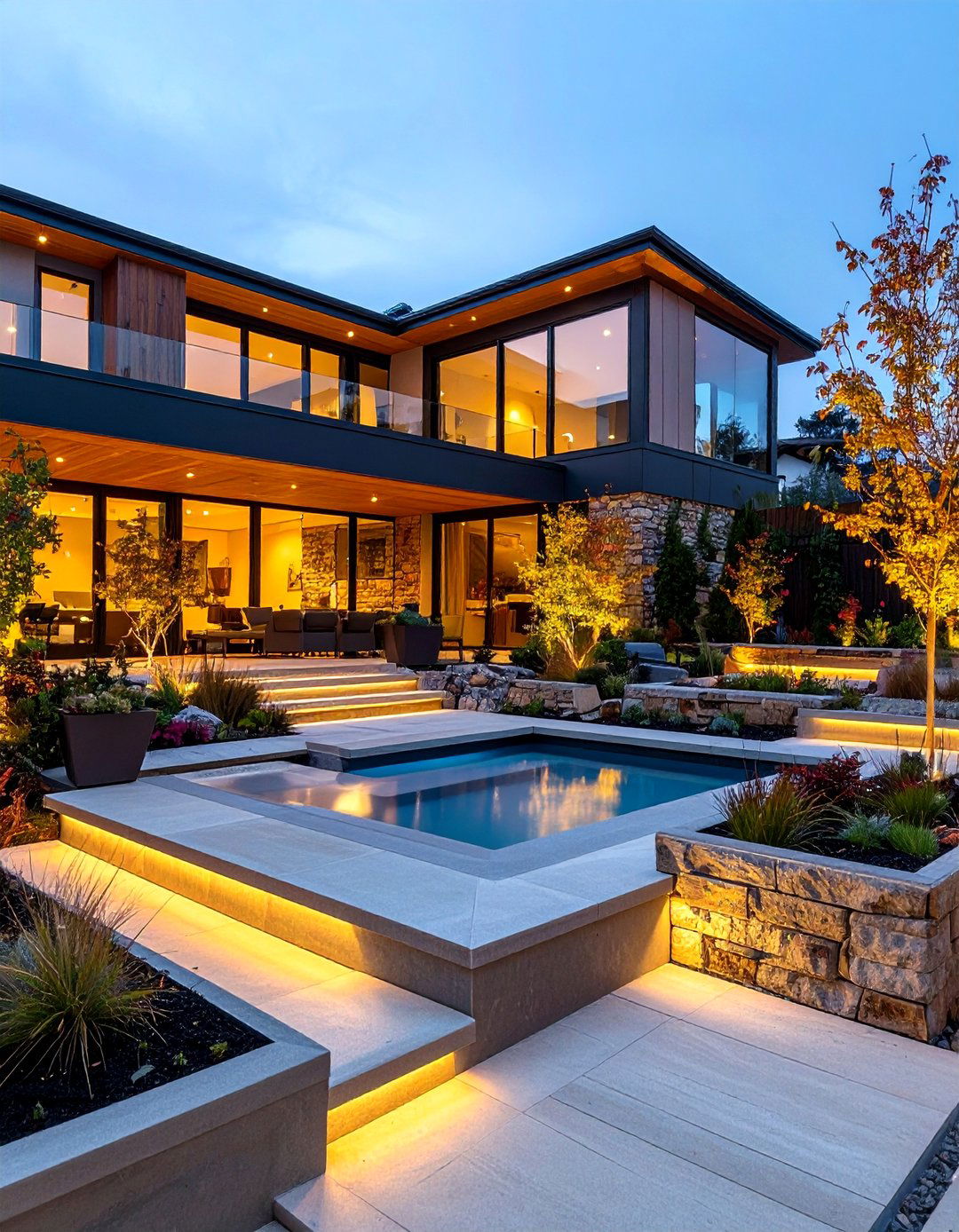
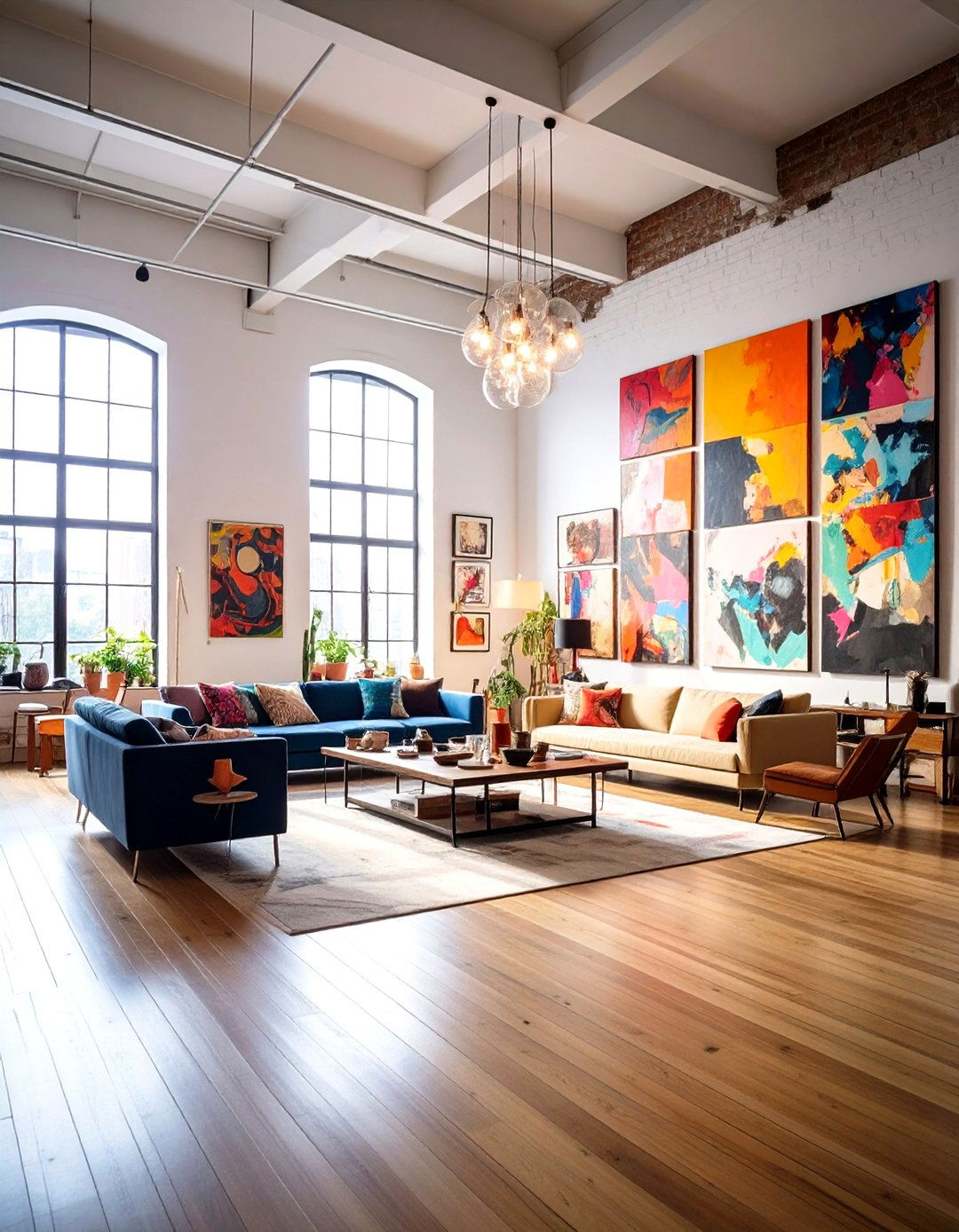
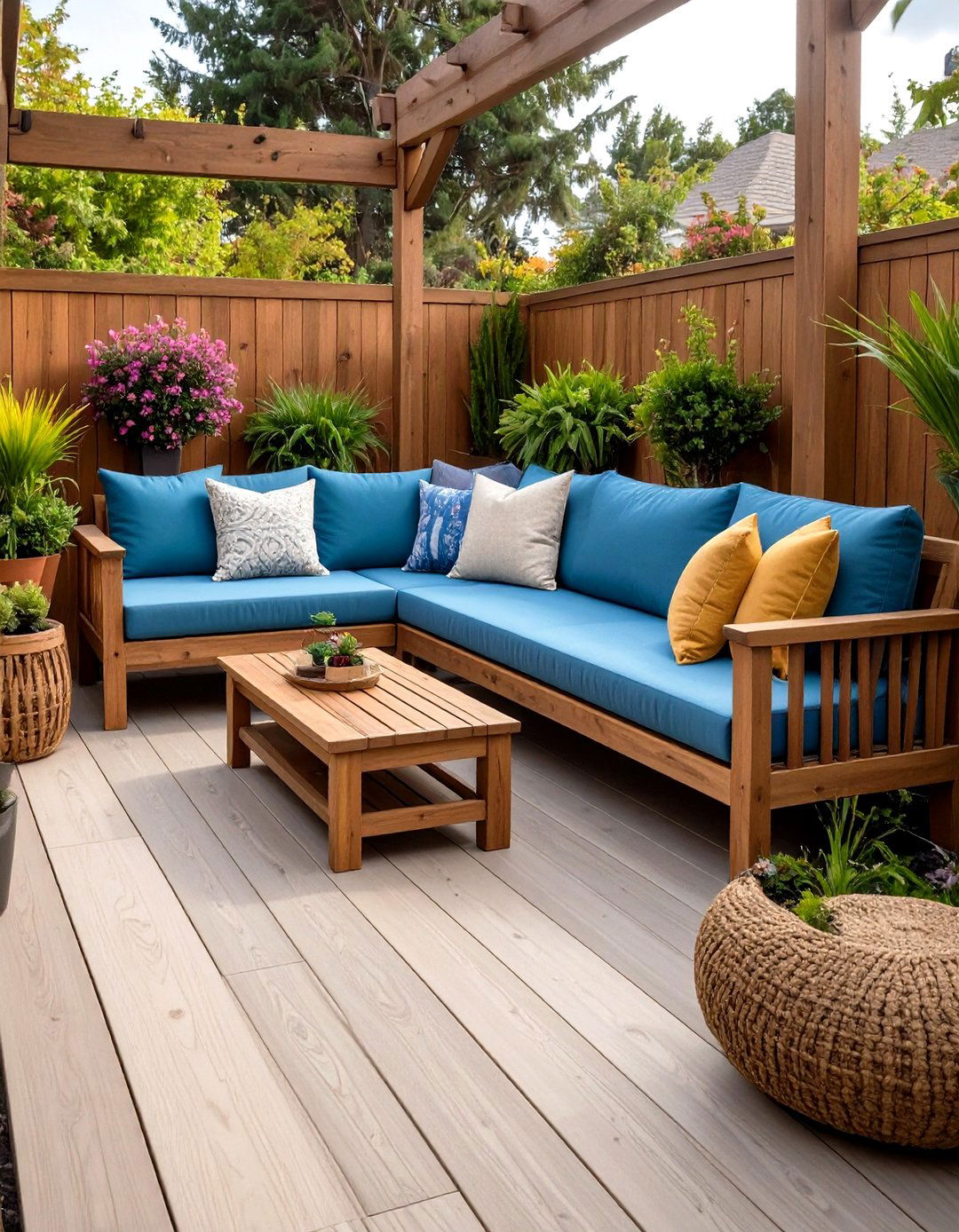

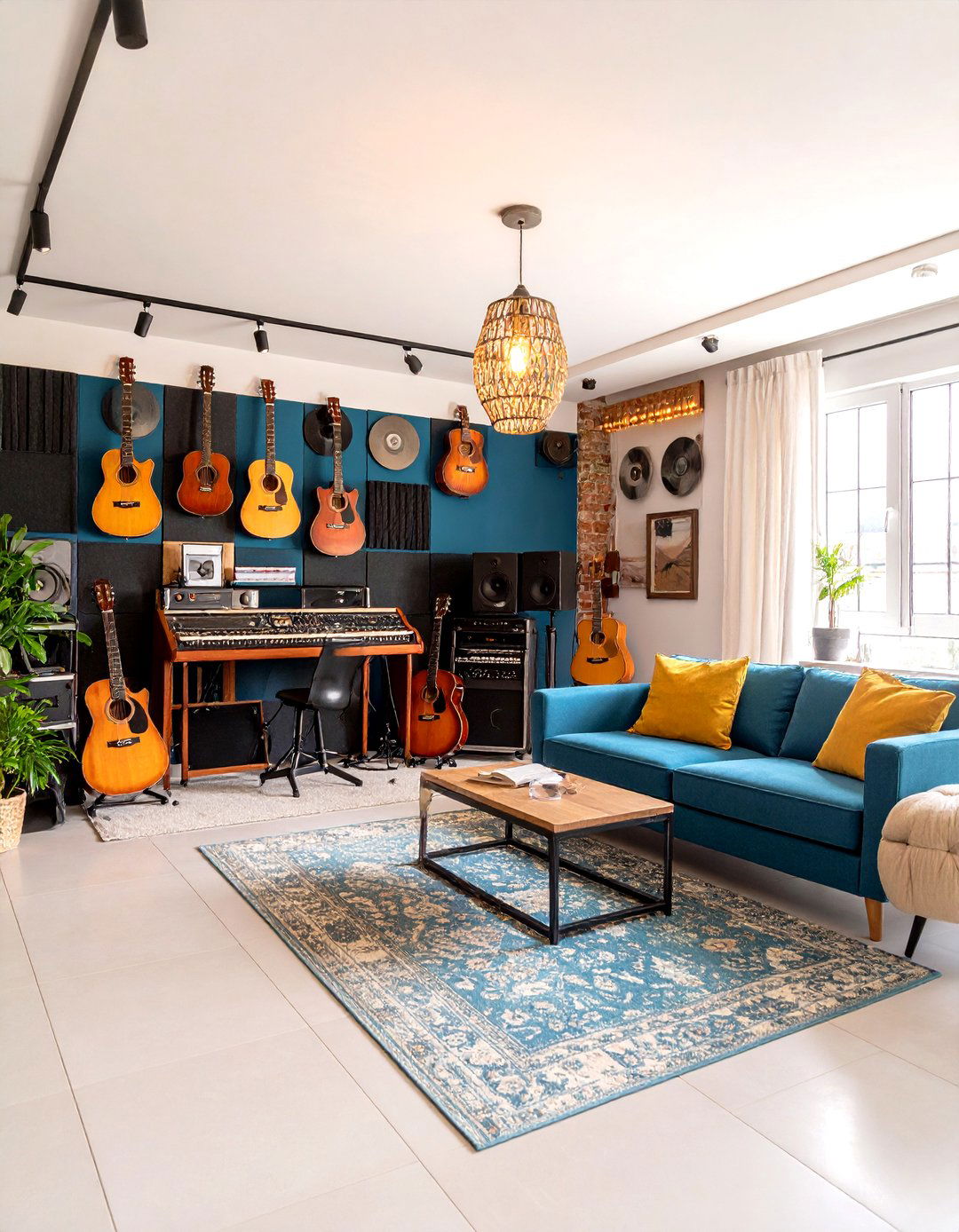
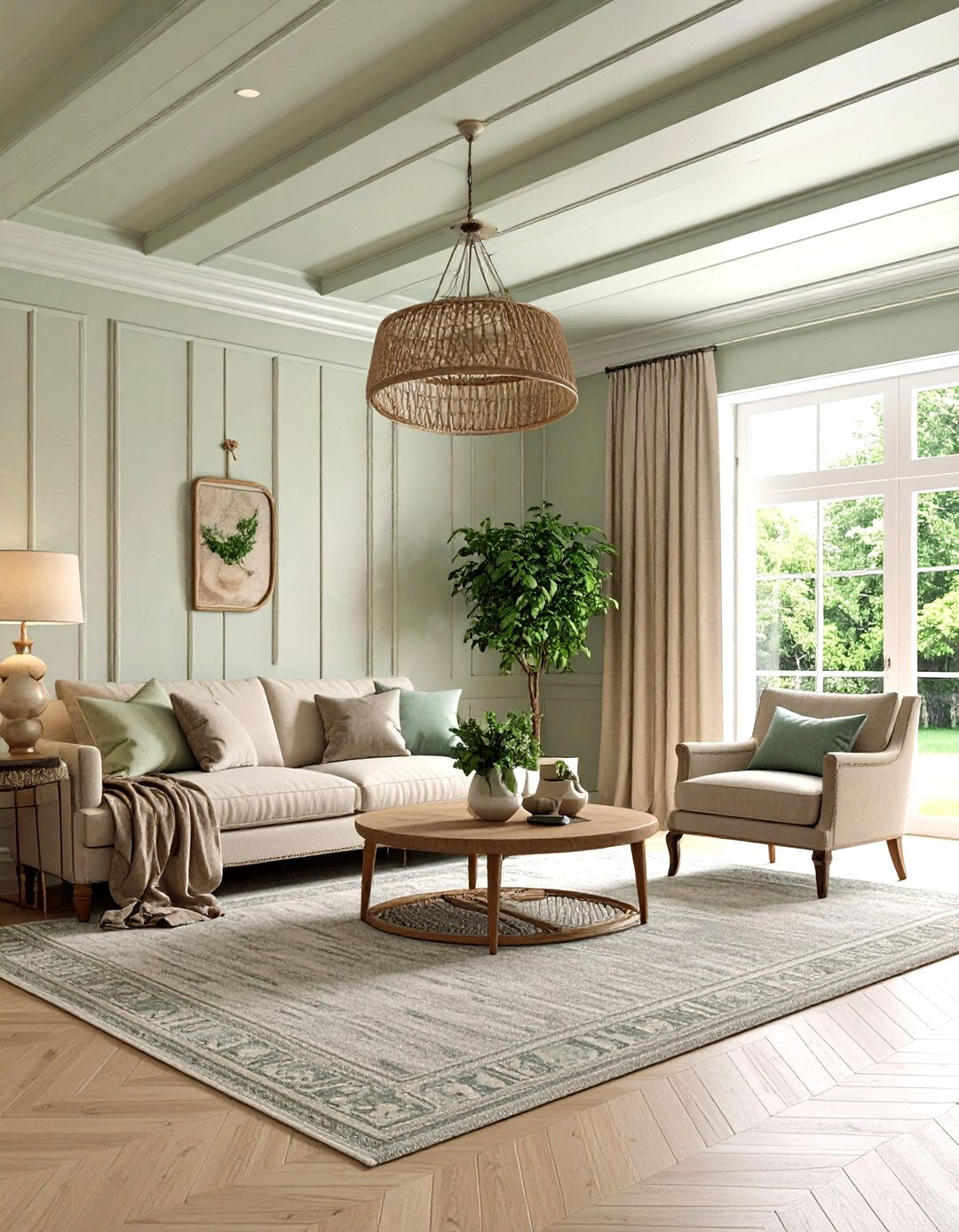

Leave a Reply